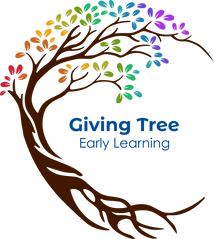|
Purim is an exciting holiday that involves dressing up and celebrating the story of Queen Esther and how she saved the Jewish people from being hurt by Haman. The week leading up to Purim meant several provocations set up in each classroom that were Purim themed. Children enjoyed building with different materials and hearing the Story of Queen Esther, dressing up in bright colors with beads and crowns, and exploring and creating Groggers, noise makers to shake when the name of Haman was heard. On Purim, teachers created engaging and exciting activities in each of our creative play spaces. The light studio featured three different kinds of castle building, along with puppets dipicting each character in the Story of Queen Esther, and light play. The library had puppets, felt stories, dress up clothes, and books about Purim. The Big Muscle Room had a sensory table set up along with different obstacle courses and pool noodle horses! Our atelier had several activites available for children to explore including castle decorating, mask making, bead making, and groggers in the sensory table. The week before Purim, Mrs. Georgia, our resident baker, went to each classroom and made Hamantaschen with the children. The children practiced skills like math when measuring ingredients, receptive and expressive communication when following directions to make Hamantaschen, science when mixing together the ingredients, and sensory input when rolling and manipulating the dough. Purim was a big success and all of the children enjoyed themselves as well as the teachers!
0 Comments
Celebrating Tu B'Shvat, also known as the New Year for Trees, was an engaging experience at Giving Tree Early Learning. Each classroom was tasked with setting up and arranging Tu B'Shvat inspired provocations and invitiations in the cafeteria. There were a variety of activities set up to engage children of all ages. Light tables were set up in the far corner and sensory tables in the center of the cafeteria. Each light table and sensory table filled with intriguing and natural materials. Pink and green elements were seen to celebrate Tu B'Shvat and emphasize the importance of trees in Israel. Both families and children spent time immursed in play at these areas. Teachers created activities that were geared towards specific skills like sorting, counting, dramatic play, fine motor skills, and creative expression that incorportated the seven species of Israel. These activities were set up throughout the cafeteria for families to move freely, visiting each provocation. To tie the event together, families were invited to paint branches, decorate our Giving Tree with beads, and write their names on ribbons and tie them to the tree. This allowed our program to put emphasis on Tu B'Shvat and show the significance of trees in Israel while incorporating how much we value our families in our school community.
Loose parts provide children with the opportunity to engage in limitless open ended play. Loose parts are defined as open-ended, mobile objects that can be manipulated in a variety of ways according to Simon Nicholson, who coined the term in 1971. In the Reggio-inspired philosophy, children’s curiosity fuels their learning. Setting up loose parts throughout the classroom gives children the chance to explore, take apart, move together, design, and create using materials in new and innovative ways. Loose parts can consist of natural materials found outside like pine cones, sticks, leaves, stones, shells, and acorns. Teachers often use spools, pieces of felt, embroidery hoops, ribbon, tree slices, small tiles, toilet paper rolls, pegs, hair rollers, buttons, wine corks, clothes pins, and empty containers as loose parts for children to manipulate. There are unlimited play opportunities when loose parts are used in the classroom. At Giving Tree Early Learning, loose parts are seen in every classroom. Depending on the age of the child, loose parts can consist of small counters, colored bells or pom poms for older children, and a variety of empty containers and lids, blocks, or bracelets for younger children. Loose parts can be used in all areas of learning including art, math, science, fine motor skills, and language. In our spaces, there are loose parts in every developmental learning area and they are used at the provocation tables and in play invitations. Loris Malaguzzi, founder of the Reggio-Emilia philosophy said, “the wider the range of possibilities we offer children, the more intense will be their motivations and the richer their experiences.” When we offer children open-ended experiences in the classroom, their imagination grows, natural involvement occurs, and problem solving happens. At home, parents can collect empty jars, colorful lids, ribbon, string, different utensils, old pots and pans, small empty jewelry boxes, pieces of fabric, popsicle sticks, paper towel and toilet paper rolls, and containers for children to fill and empty, stack, put together, line up, and take apart materials.
Smiles and laughter flooded the halls at Giving Tree Early Learning for our Friends and Family Day. Families were able to attend performances by Hasten Hebrew Academy students and the children in the Oak classroom. They also had the opportunity to participate in a breakfast offered by our PTO. Following the performance, families were invited into the classrooms. The teachers set up family friendly experiences in the classroom for parents, grandparents, aunts, uncles, and cousins to do with their family members. Some classes created sensory bottles while others made family portraits. It was a wonderful time to share with families in our school community. Art falls under the umbrella of creative expression in early childhood education. It is viewed as a way children communicate with their caregivers, peers, and the world around them. In the Reggio Emilia philosophy, art is considered one of the many "languages of children" for self expression as described by Loris Malaguzzi. At Giving Tree Early Learning, we strive to incorporate art into everyday activities in the classroom while introducing children to new materials and mediums in our Art Atelier. Every classroom has an easel for gross motor art and an art center. A toddler art center looks different than a preschool art center because each classroom's art area is developmentally appropriate for their age group. Teachers plan invitations that allow children to explore different materials with various mediums like bubble wrap with paint, clay with collage materials, and tissue paper with glue. The Art Atelier is a space that is specifically focused on exploring, manipulating, and creating art through self expression. This space contains a plethora of art materials that engage children and promote curiosity and creativity. Teachers set up different invitations in the Art Atelier for children to participate in or allow for free exploration of the materials. Materials that are not commonly found in classrooms are stored in the Art Atelier. Children have the unique opportunity to manipulate various fabrics, clay slabs, ceramic tiles, or large cardboard and styrofoam panels in our Art Atelier. The art activities are child-led and are supported by the teachers through the introduction of additional materials or questions directed towards furthering a child's natural thought process. Children have freedom to create whatever they wish to create as authentically as possible. Art, not only allows children to express themselves creatively, it also aligns with many early learning foundations. Early learning foundations are a framework for teachers to reference when creating developmentally appropriate activities. The experiences children participate in allow them creative freedom while reinforcing important skills in their learning journey like language, fine and gross motor skills, sensory input, and cognitive processing skills.
The children at Giving Tree experienced the Jewish High Holidays in amazing ways. The classrooms and creative play spaces featured provocations, invitations, and art experiences with an emphasis on each holiday. For Rosh Hashanah, the Jewish new year, we had an eventful week full of amazing activities centered around the themes and symbols of the holiday. Apples, bees, honey and challah are just a few of those symbols. Our week consisted of a visit from a live ram to learn about where shofars (horns that produce sound) come from, the Apple Market, and honey cake baking to share with our families. During the week before Rosh Hashanah, Rabbi Schusterman visits our program to blow the shofar every morning. Children explored apple and honey themed provocations and created apple, honey, and bee themed crafts to symbolize a sweet new year. The Oak class enjoyed a visit from a beekeeper as well! We rounded out our explorations with a collaborative art project involving honeycomb shaped artwork was created during Rosh Hashanah week. It is proudly displayed in our hallway. Provocation tables in each classrooms and the light studio set the tone for the holiday of Yom Kippur, the Jewish Day of Atonement. We explore concepts of sound (for the shofar) and the weight of the mitzvot (good deeds) we do each year. For Sukkot, the festival of booths- the children learned about sukkahs and the fall harvest. The children engaged in various construction projects to create their own unique sukkahs. Many children constructed sukkahs at their homes and enjoyed eating snack in our school's sukkah located in the Outdoor Classroom. The Oak class even created their own large sukkah in the Atelier that everyone could fit in. We had special visitors including Rabbi Grossbaum, Rabbi Birnhack, and Rabbi Rutstein in the Oak classroom. They explained the meaning of the lulav (willow, palm and myrtle branches) and etrog (a citron fruit) and did shared the traditional blessings with the children. The Oak class was able to take what they learned from the morning blessings and show the younger classes the lulav and etrog.
Giving Tree Early Learning underwent a metamorphosis over the summer months. New flooring, furniture and classroom updates occurred in both indoor and outdoor spaces to reflect a stronger Reggio-inspired aesthetic. Accessibility and functionality were two key components as we renovated the Giving Tree classrooms.
In August, we welcomed families back to the program with a wonderful back to school night that allowed families the opportunity to interact in the new classrooms environments and to meet their teachers! In addition to our newly renovated spaces, we also added in new classrooms and staff and changed the name of our classrooms to represent the various species of trees found in Israel. We look forward to sharing another school year with you at Giving Tree Early Learning! On July 31st, Giving Tree and HHAI families, friends and staff came together for a day of service to help prepare the outdoor spaces for the first day of school. Weeding, tree trimming and construction were just a few of the tasks completed by volunteers of all ages.
Thank you to everyone for your hard work! In the spring each year, we retell the story of the Hebrew people's exodus from Egypt. We tell of how baby Moshe (Moses) began his life in the river Nile to grow into a Prince of Egypt and later a leader of the Hebrew people as he challenged King Pharoah on Hashem's behalf to lead his people from oppression. The story comes to life at Giving Tree through dramatic play, sensory explorations, story telling and the creation of Passover items such as the seder plate, afikomen bag and stories. Take a look at some of our explorations: Matzah Factory- Rabbi Schusterman brings the Matzah Factory to life each year. Matzah is made by combining flour and water together to form a dough. Next the dough is rolled flat and poked full of holes so that the dough will not rise when baked. With the experience of making matzah fresh in our minds, we added in several dramatic play elements to repeat the experience both inside and outside of the classroom. Additionally, we took story telling to the next level in our light studio and classroom explorations of the ten plagues and Baby Moshe! Cooking projects are also a part of our Passover explorations. Charoset (spiced apple mixture), tasting of bitter herbs/greens provide us with a small sampling of the Passover seder offerings. Constructing the great pyramids using various manipulatives is a fun way to learn 3 dimensional shapes, engineering, spacial awareness and team work! The holiday would not be complete without the creation of Passover projects such as seder plates, pillows, matzah covers/afikomen bags, Passover cards and the planting of bitter herbs. Additionally, each classroom created books exploring Passover. Katon- Colors of Passover, Maon- Shapes of Passover, Peuton- Numbers of Passover and Ganon- Alphabet of Passover. On Purim, we retell the story of Queen Esther and Mordechai who saved the Jewish people from an evil plot by a man named, Haman in ancient Persia. This day is a celebration to commemorate the salvation of the Jewish people. We explore the story in various ways as well as Purim themes that include kings and queens, topsy-turvy and more! One tradition is to create a jelly filled triangle shaped cookie called a Hamentashen. Each class had the opportunity to make chocolate chip and strawberry hamentashen to share with their families! Retelling the Purim story is explored through role playing, dramatic play, puppetry, felt boards and through a dynamic interactive megillah reading with Rabbi Schusterman! In the Purim story, Queen Esther resides in a palace. So of course we must explore castle building both inside of the classroom and in our Art Atelier! Sand castles using kinetic sand, shaving cream mortar and foam blocks, and 2 dimensional renderings are just a few of the ways we construct our castles. Other explorations include an obstacle course, carnival style games and pool noodle horse races! Let's not forget the creation of mishloach manot baskets, masks, crowns and groggers! Lastly, we visited the Light Studio to explore bedazzled crowns with loose parts, shadow puppets, black light art in the castle, Purim story puppetry and a noise-tastic megillah reading with instruments! |
AuthorMrs. Alethia Minlaff, Director: you can reach her by emailing aminzlaff@hhai.org Archives
March 2024
Categories
All
|
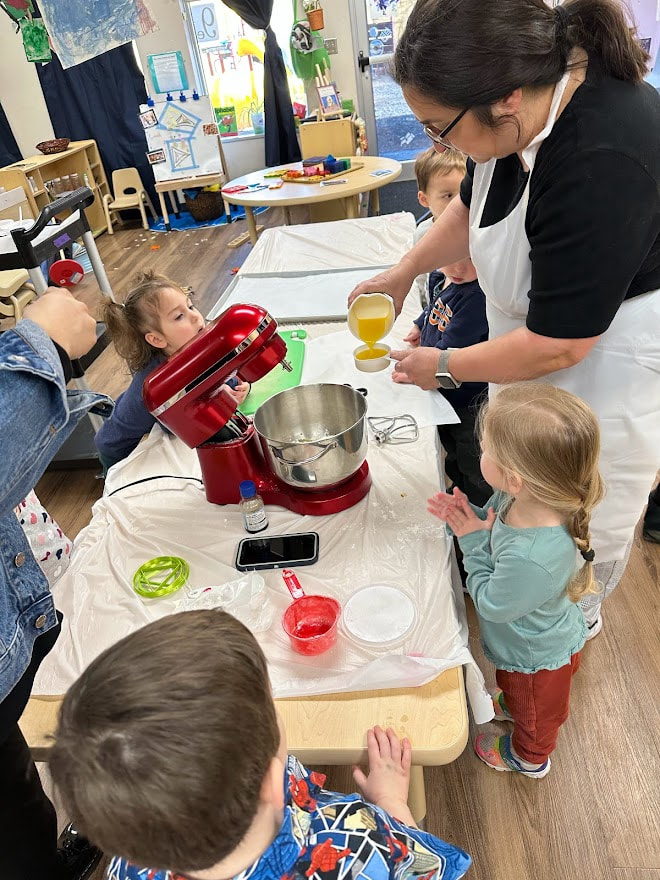
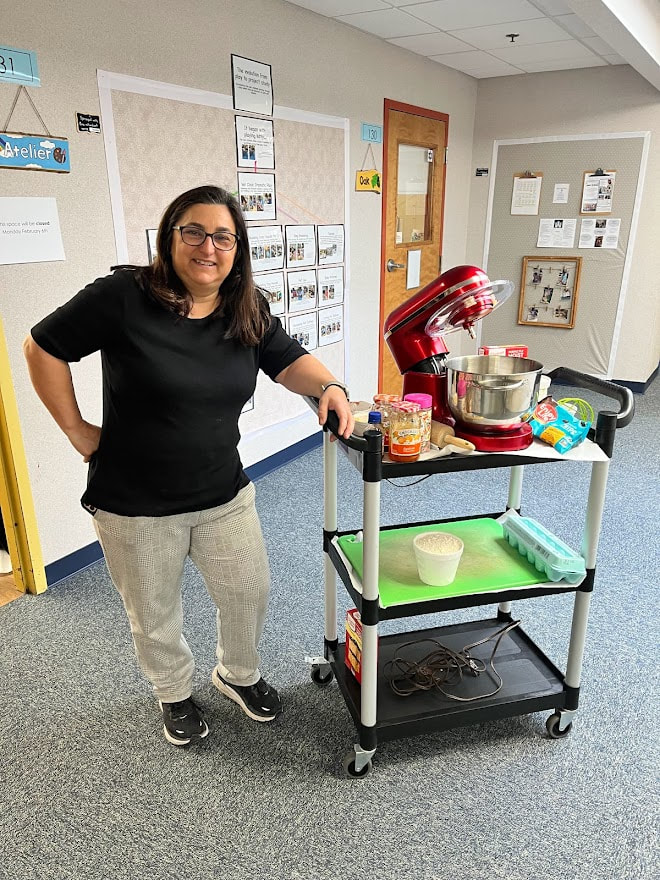
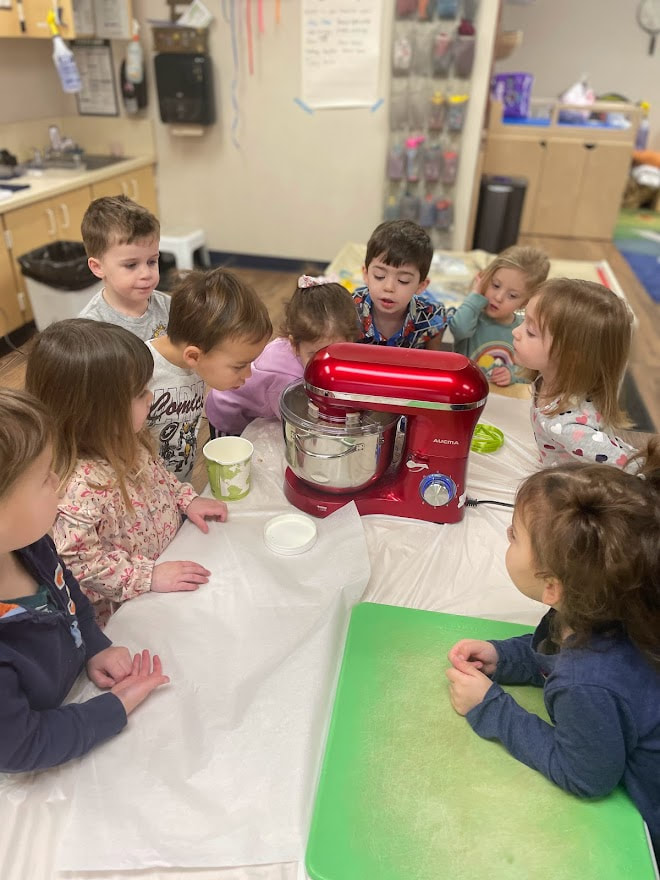
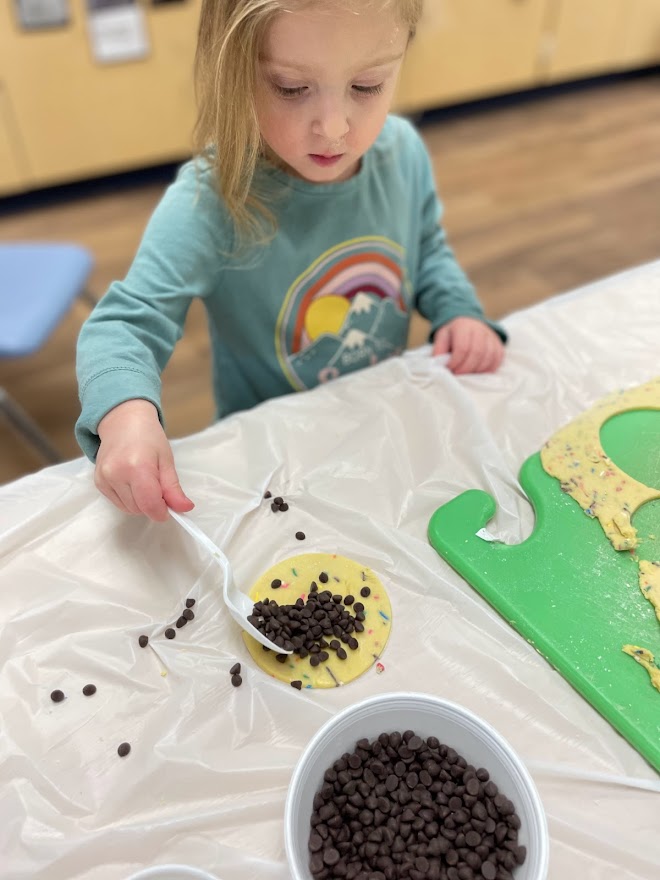
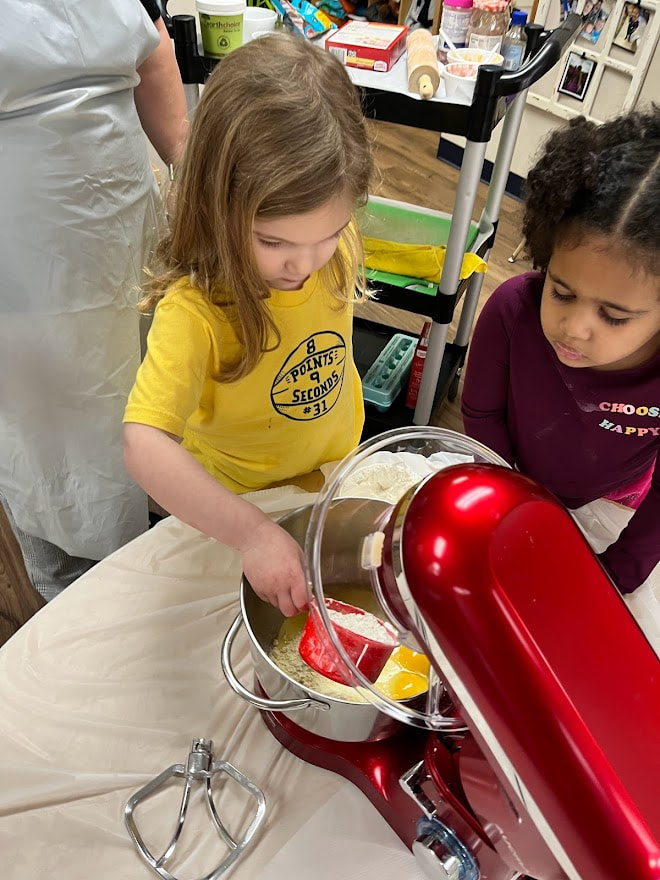
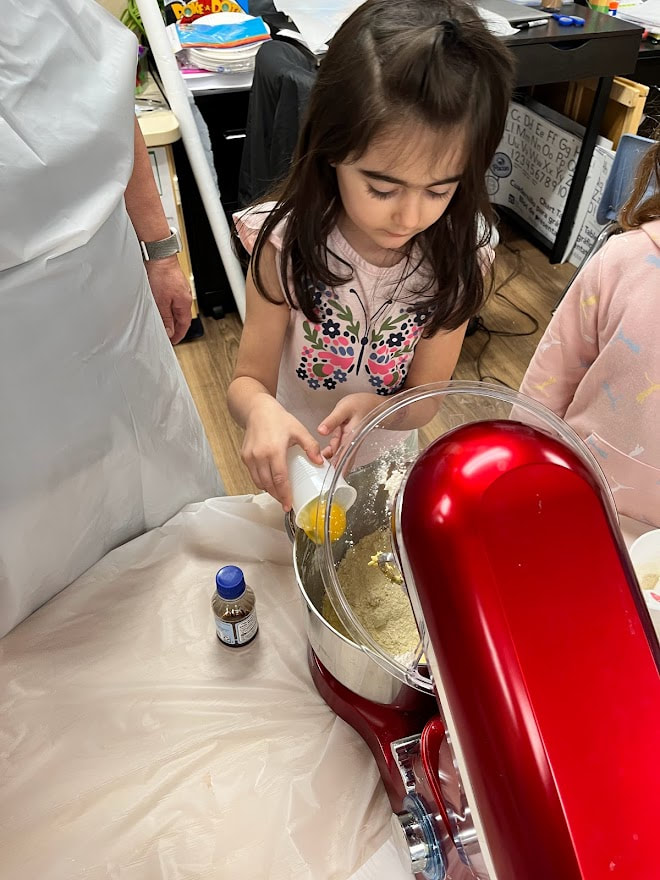

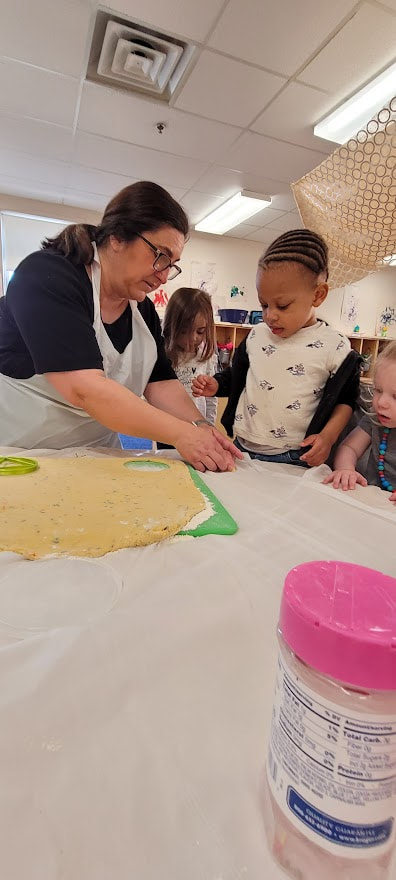
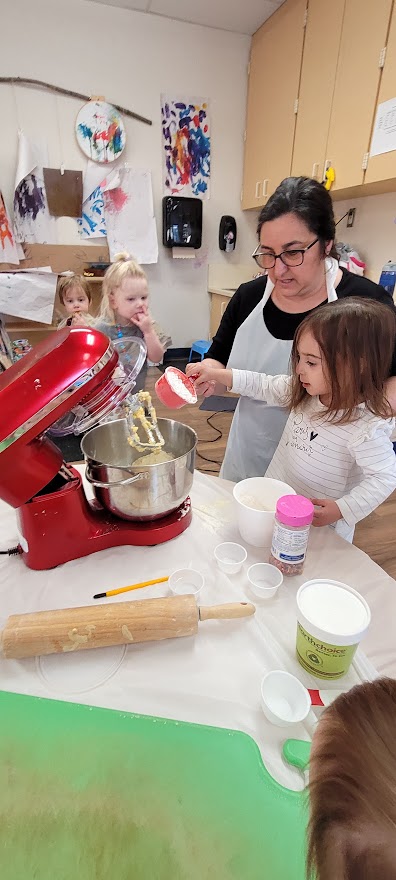
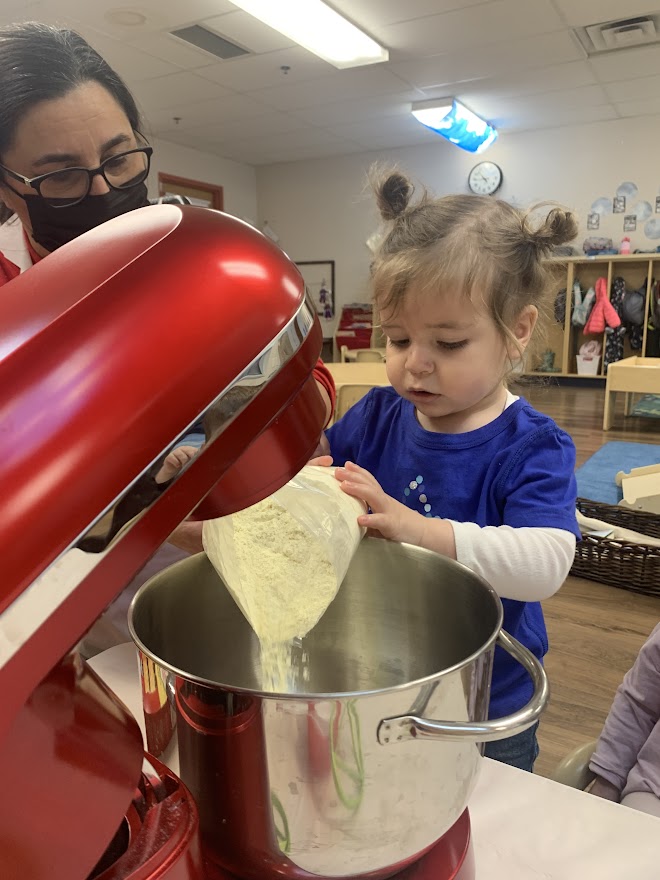
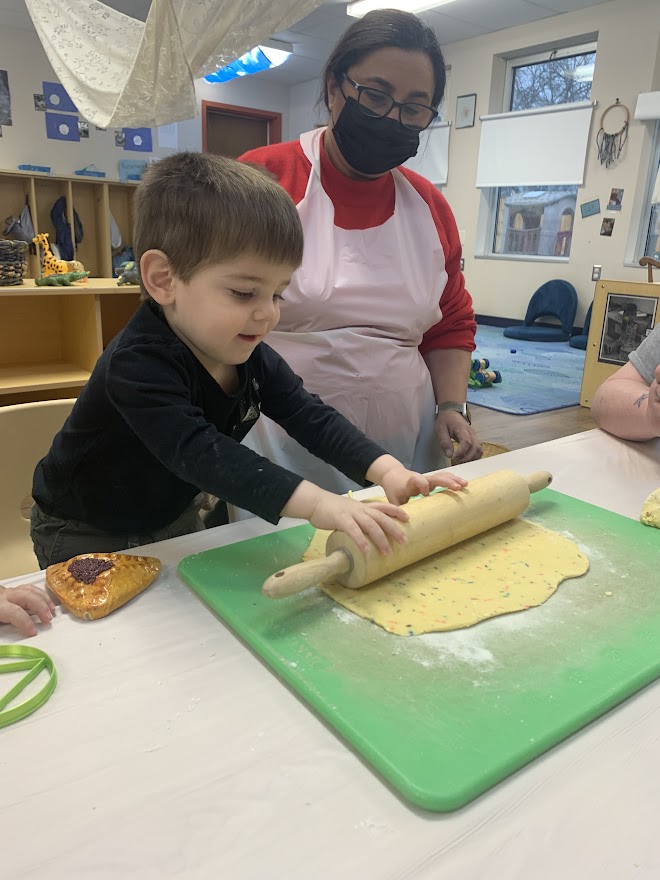
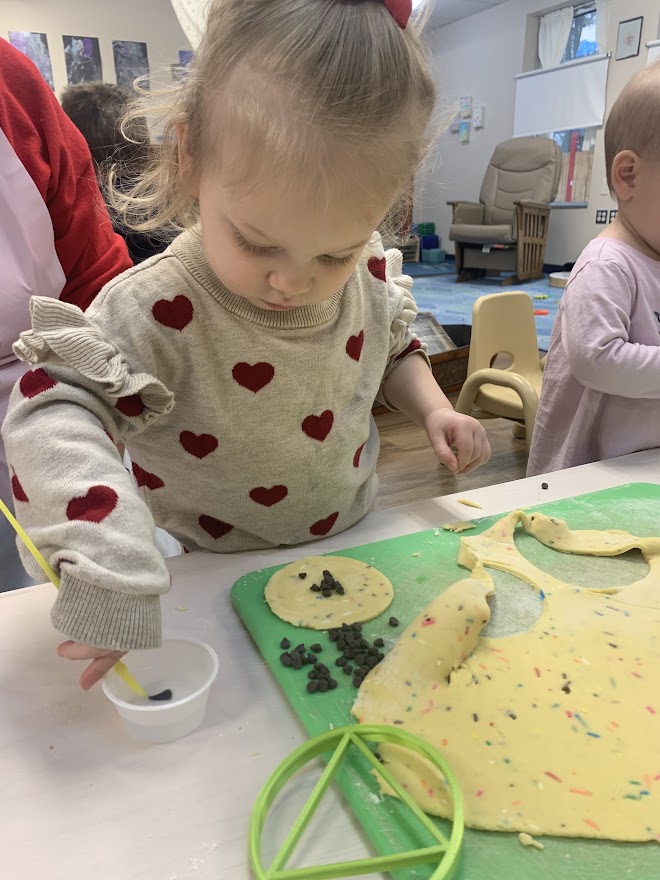


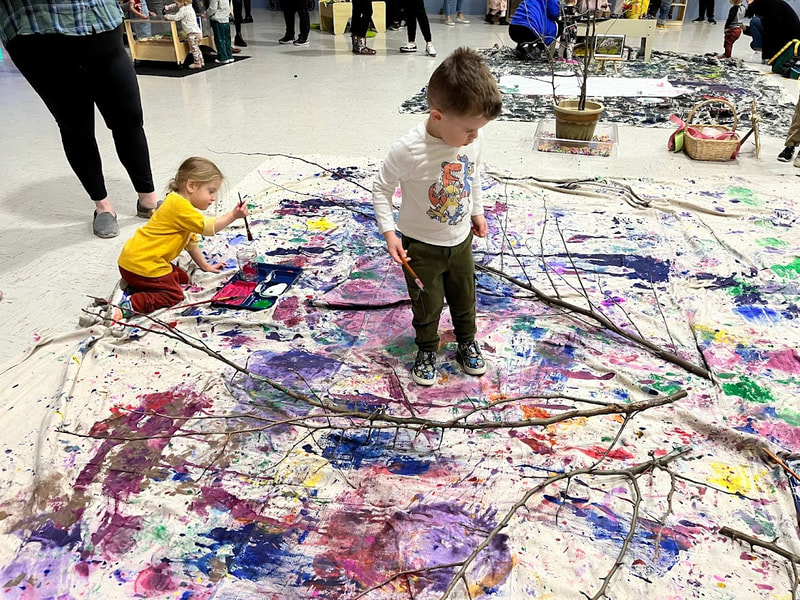
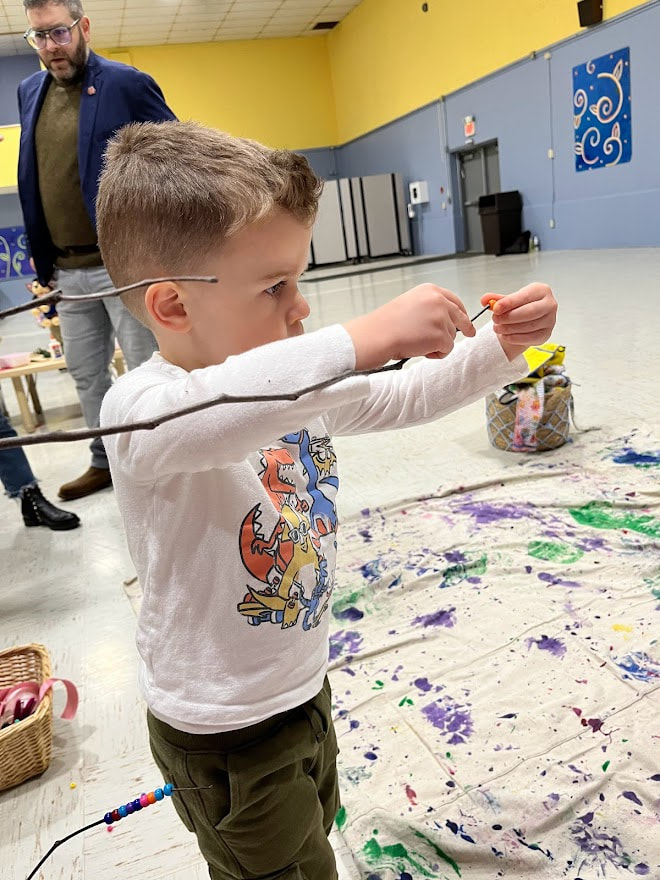

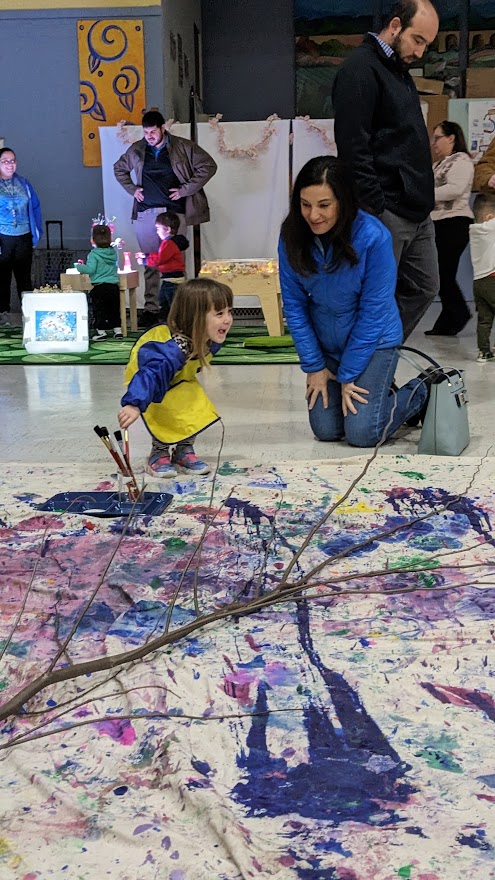
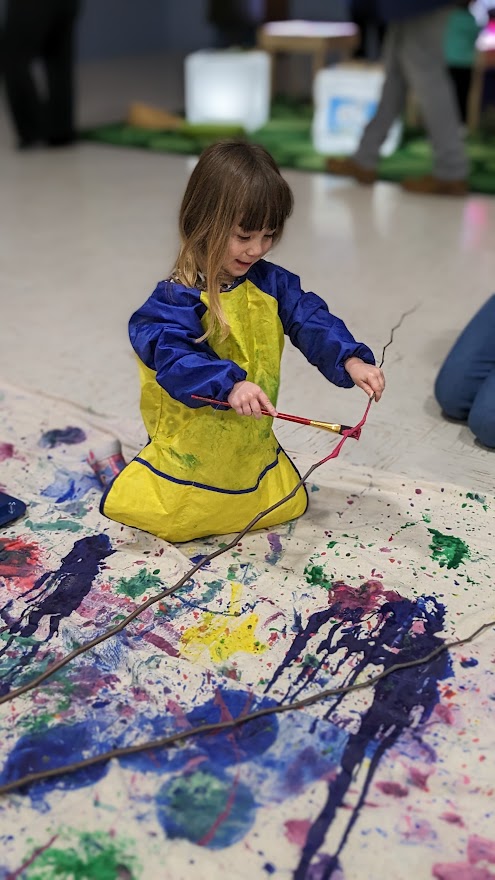
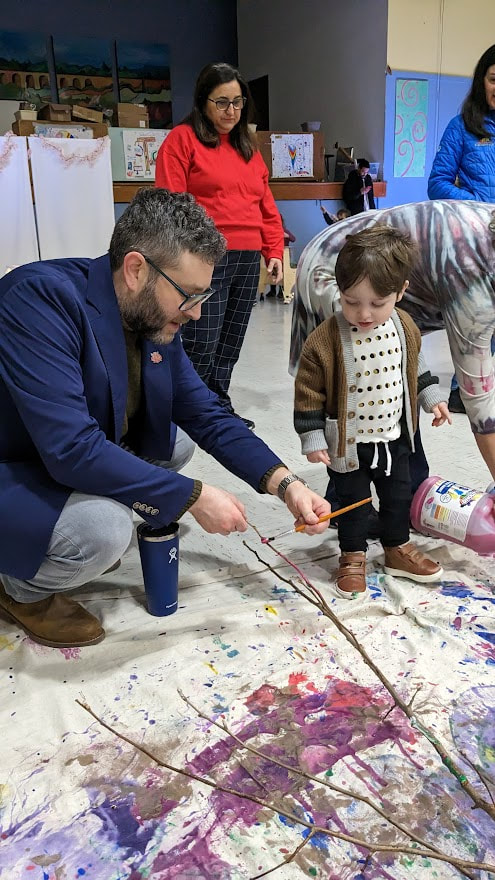
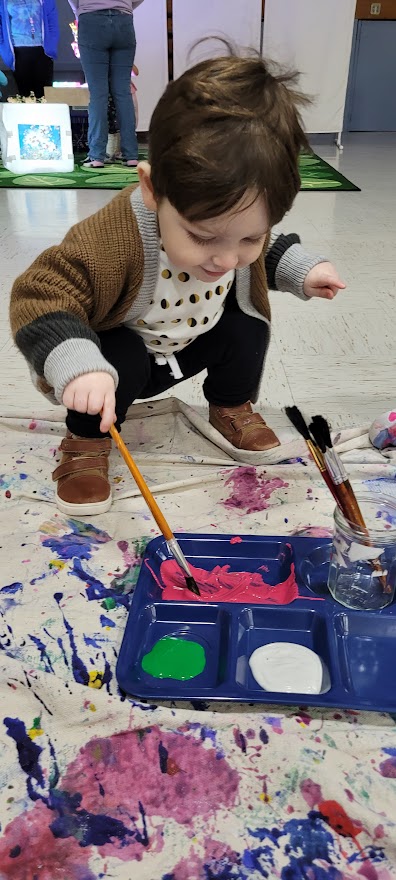
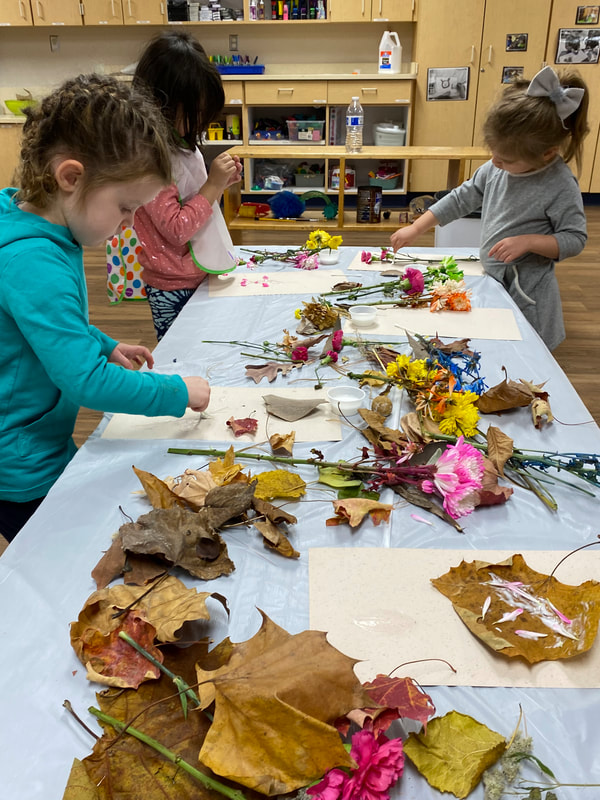
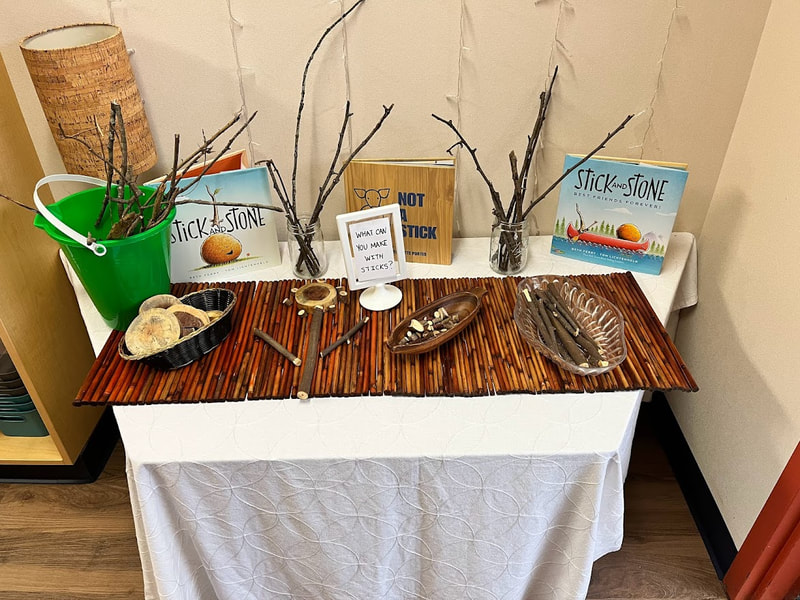
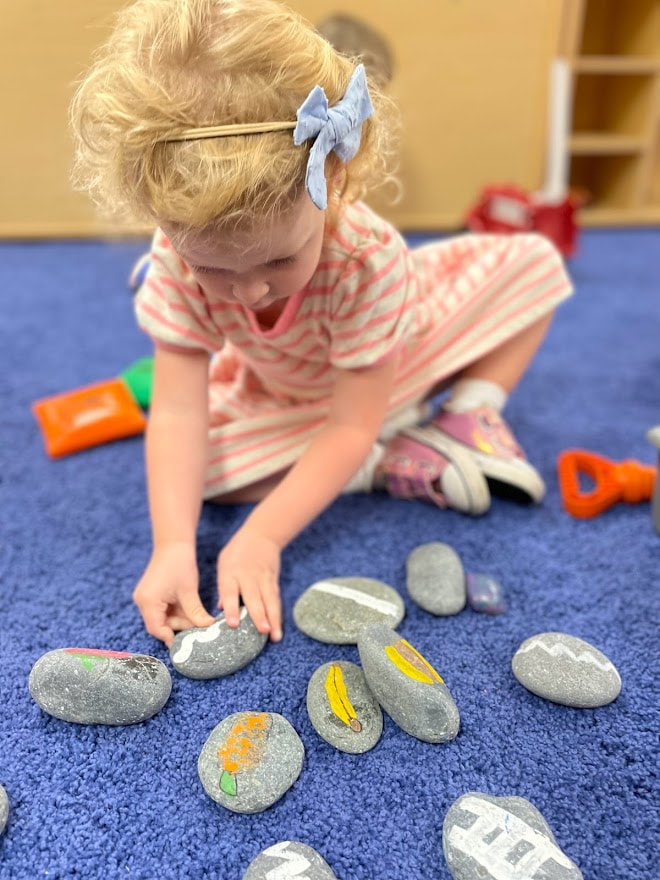
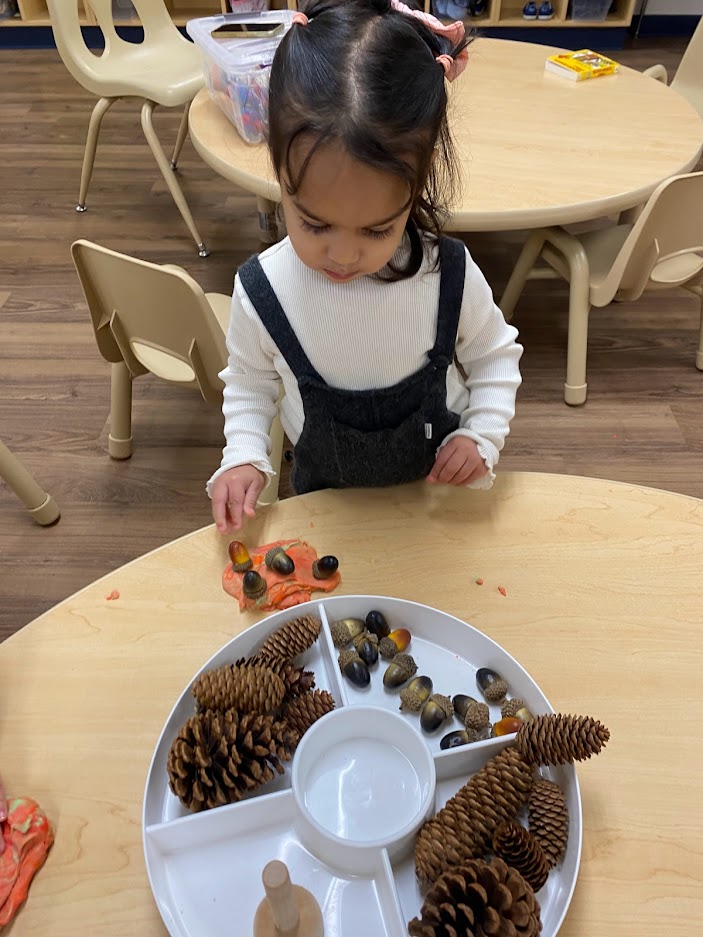
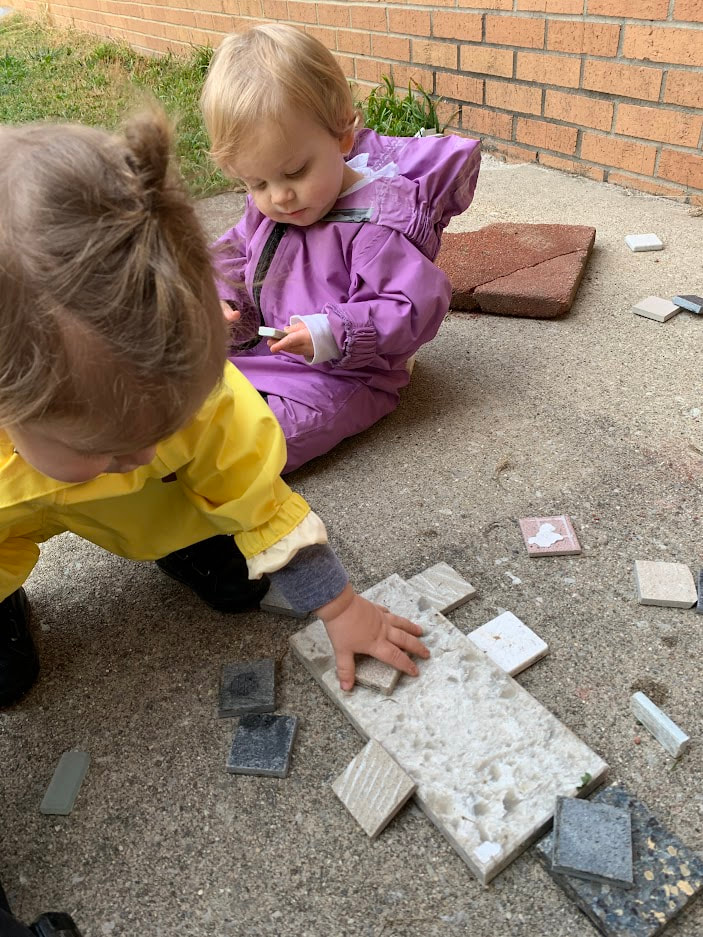

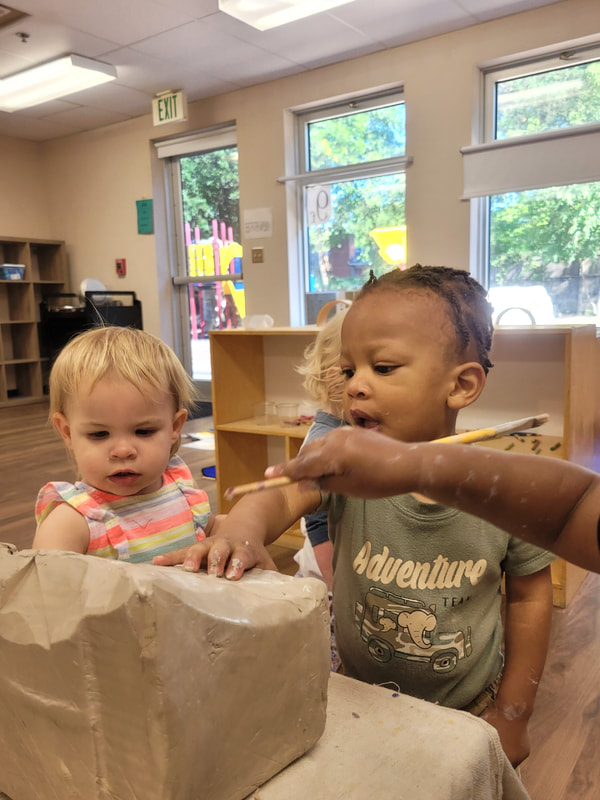
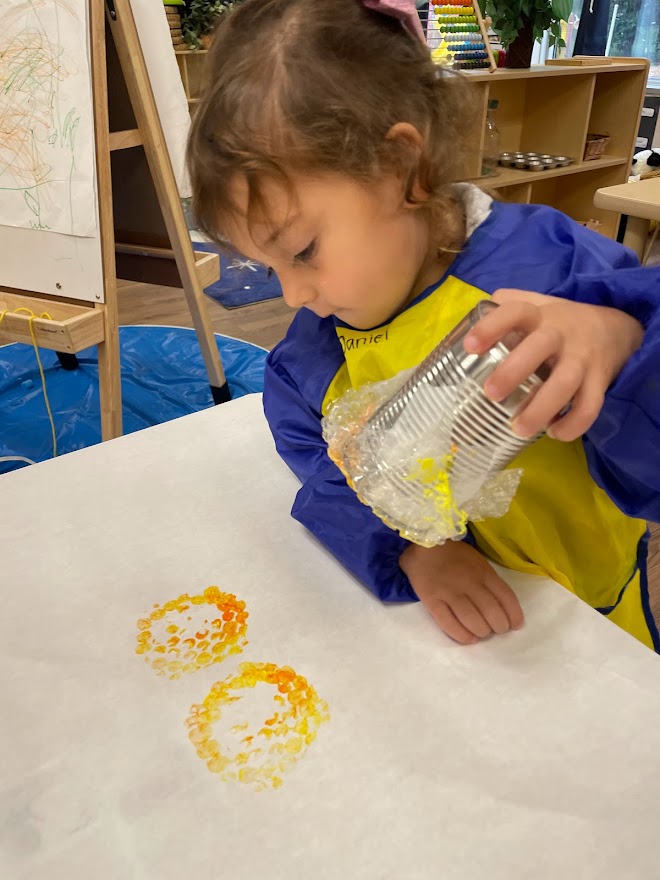

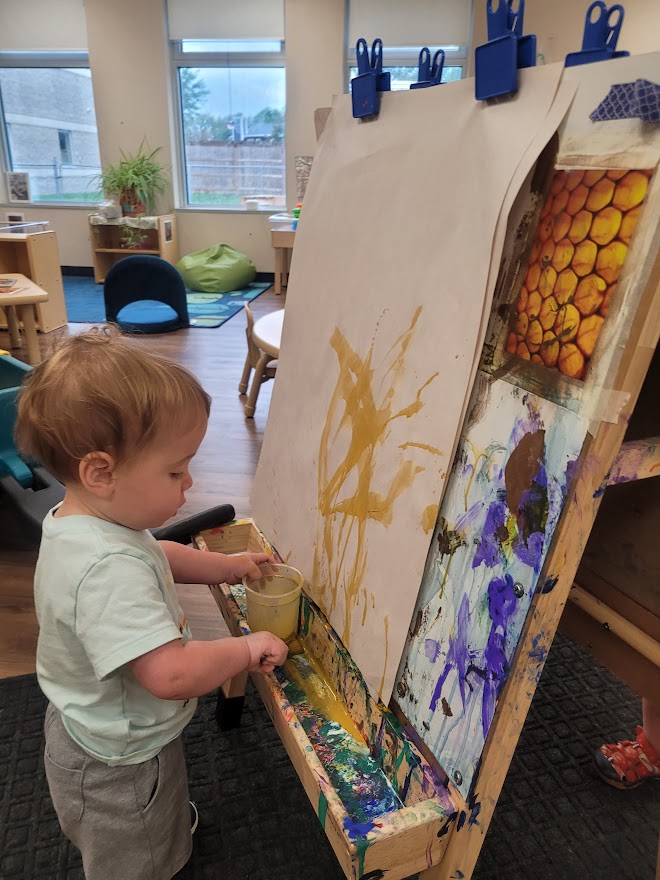

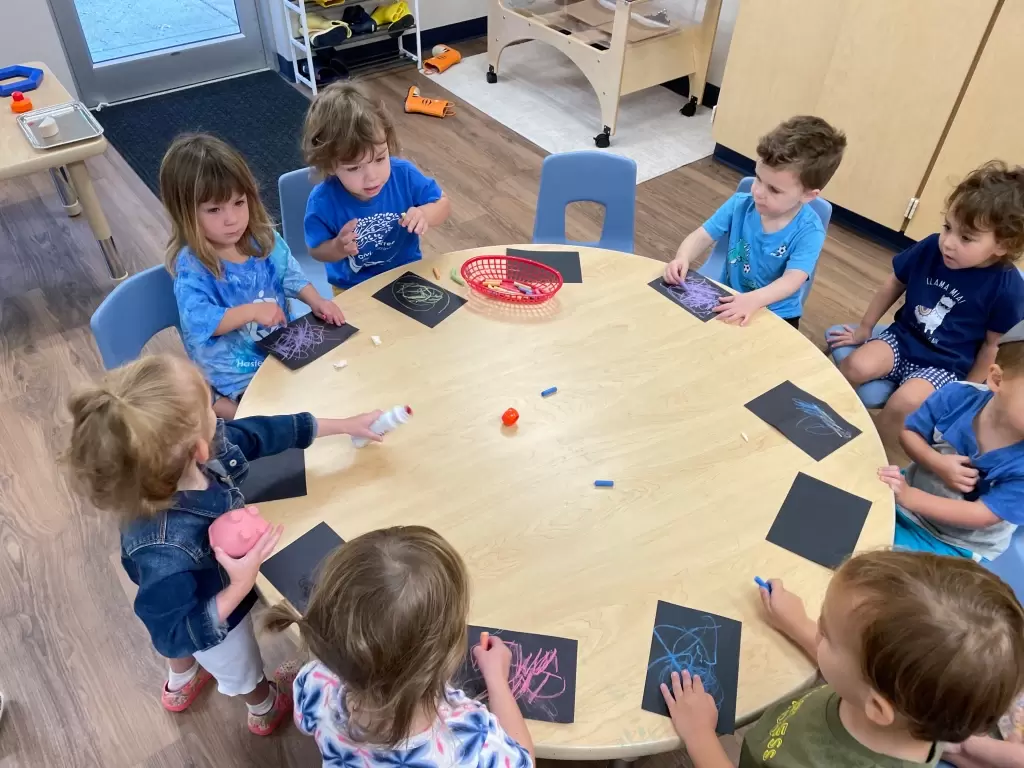
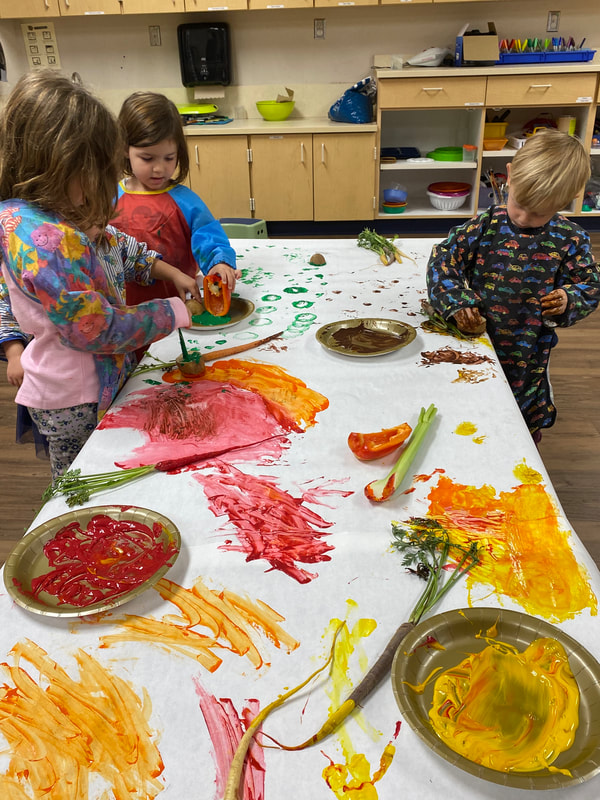
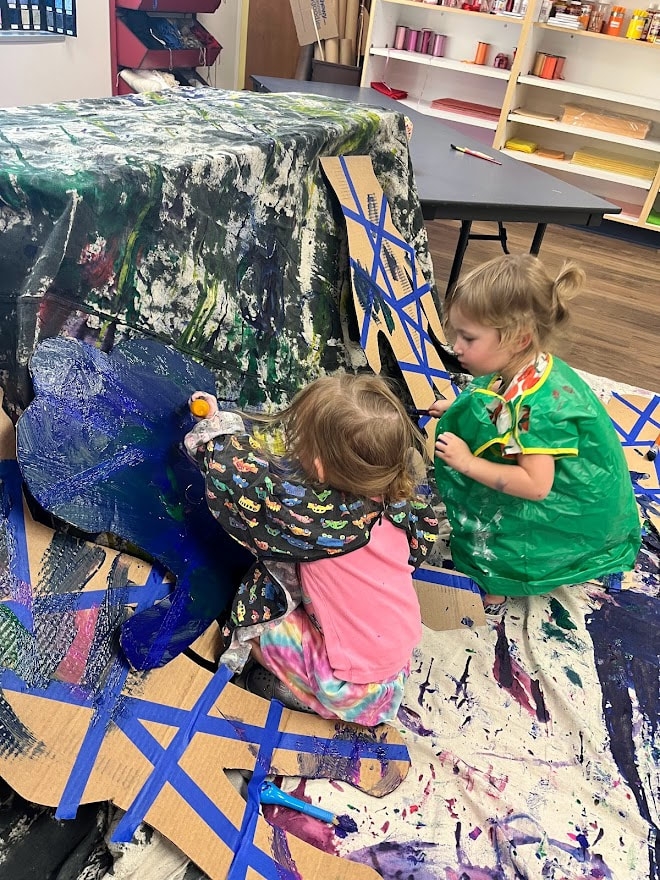
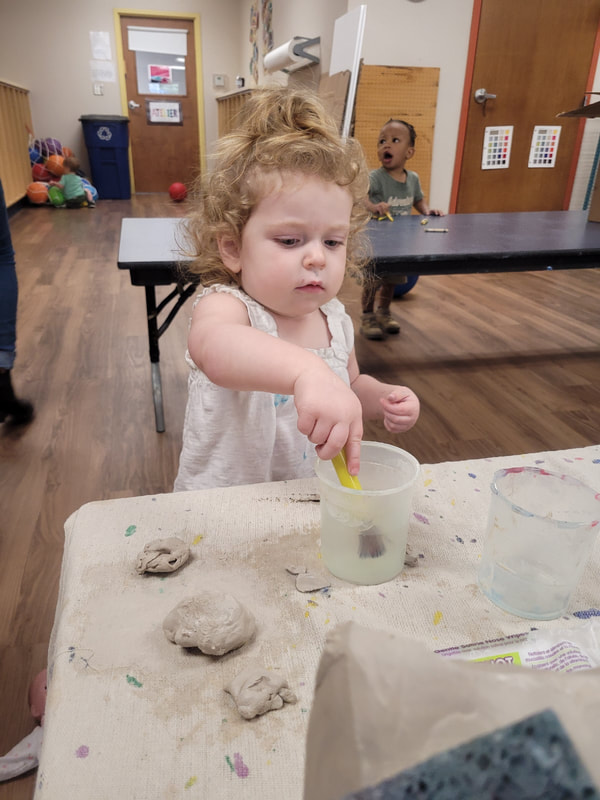


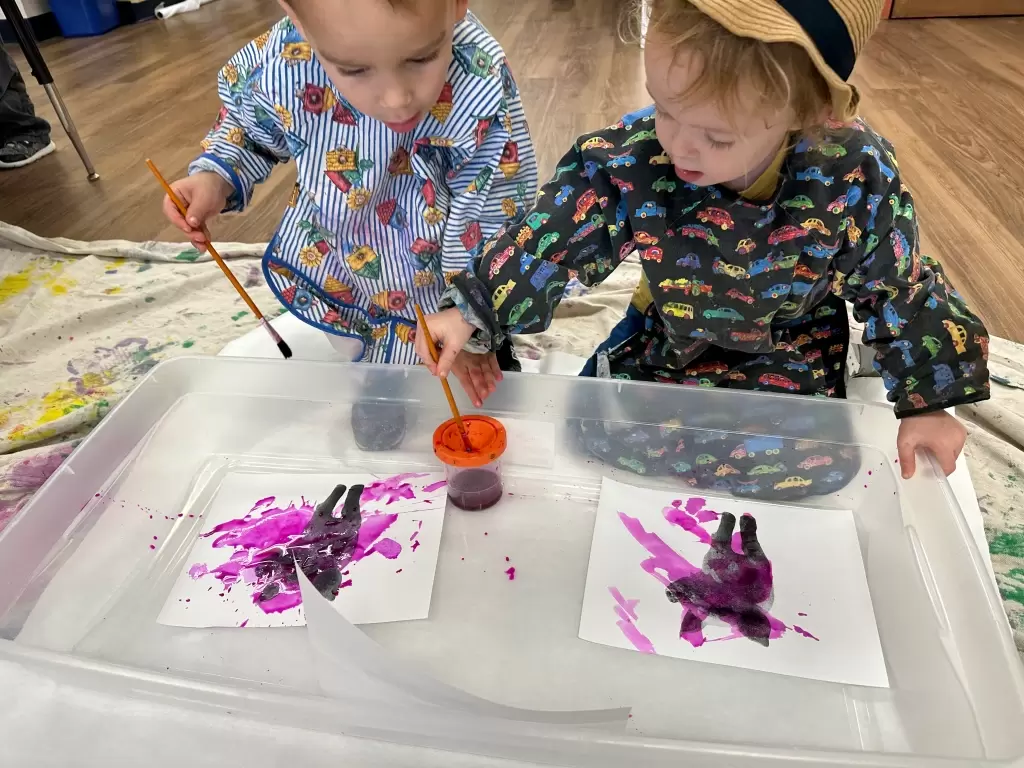
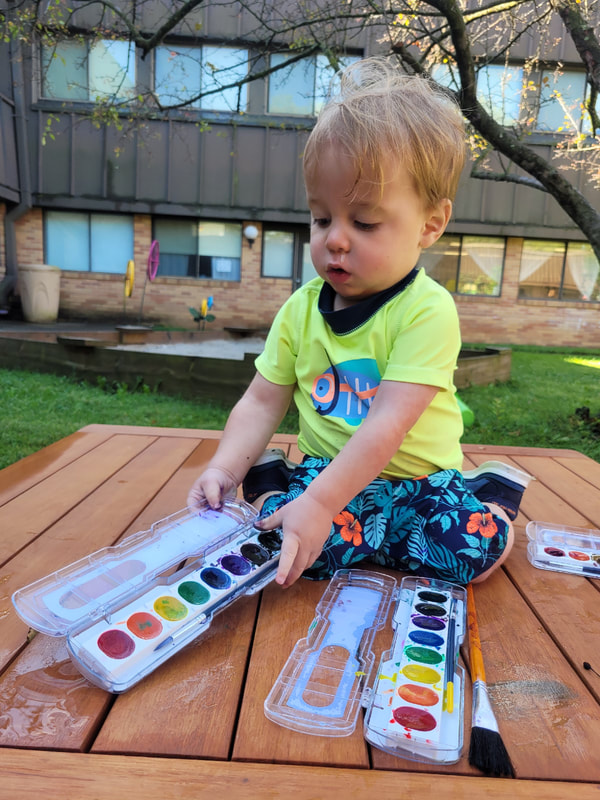
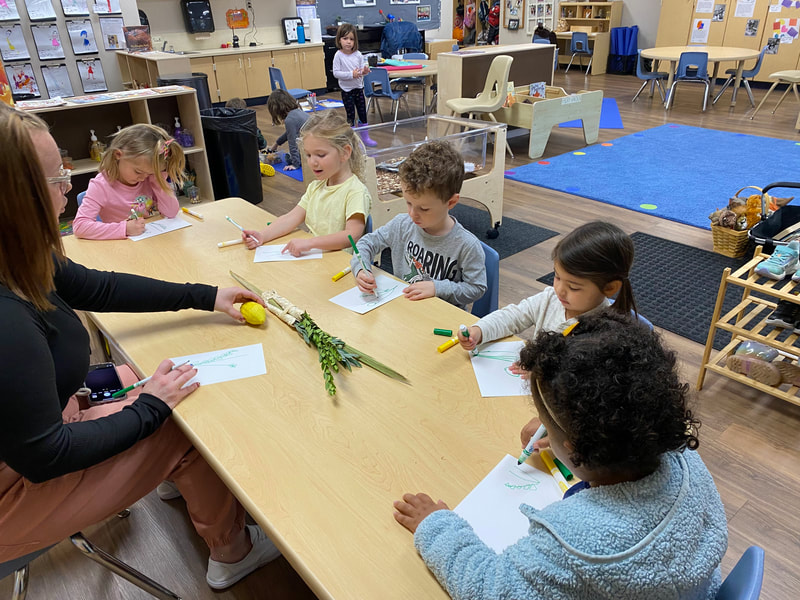
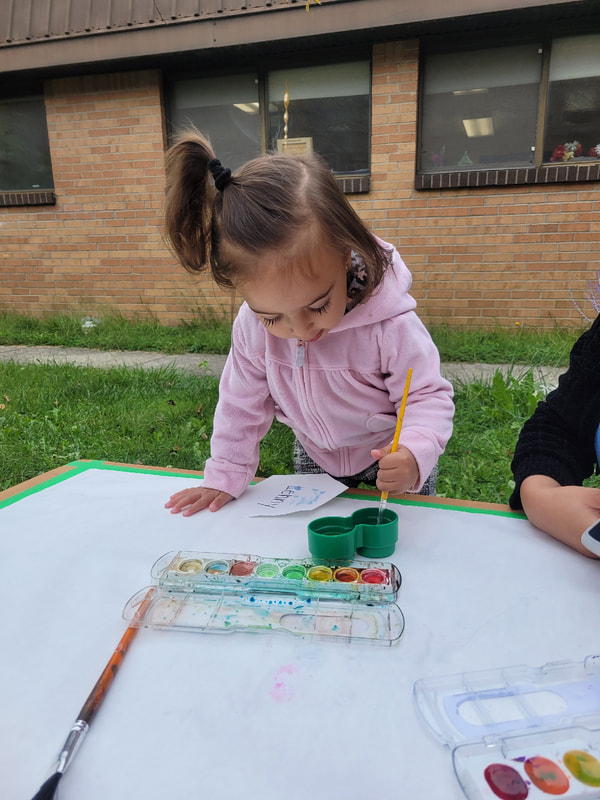
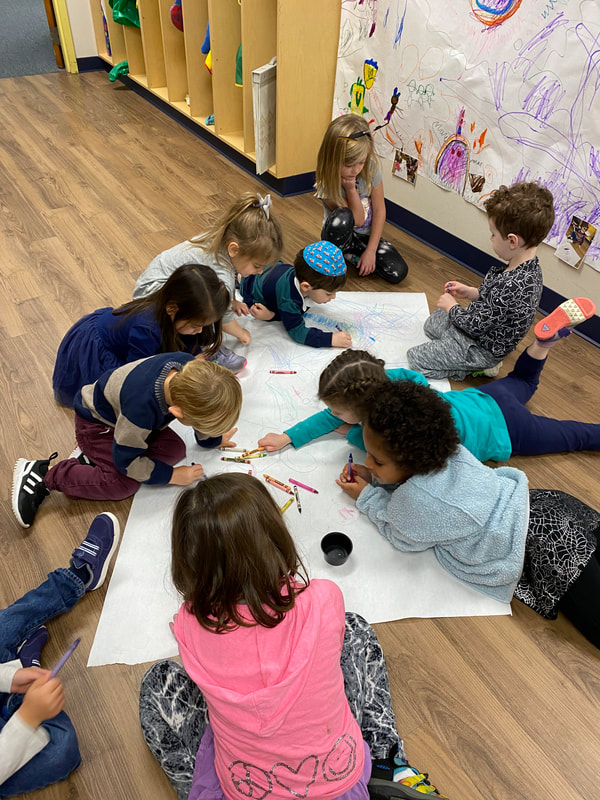

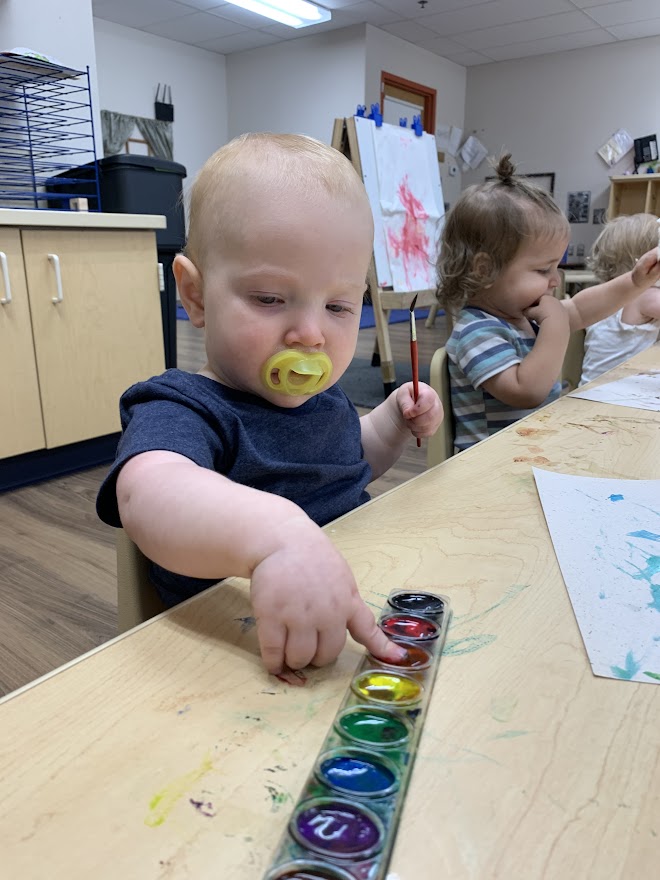
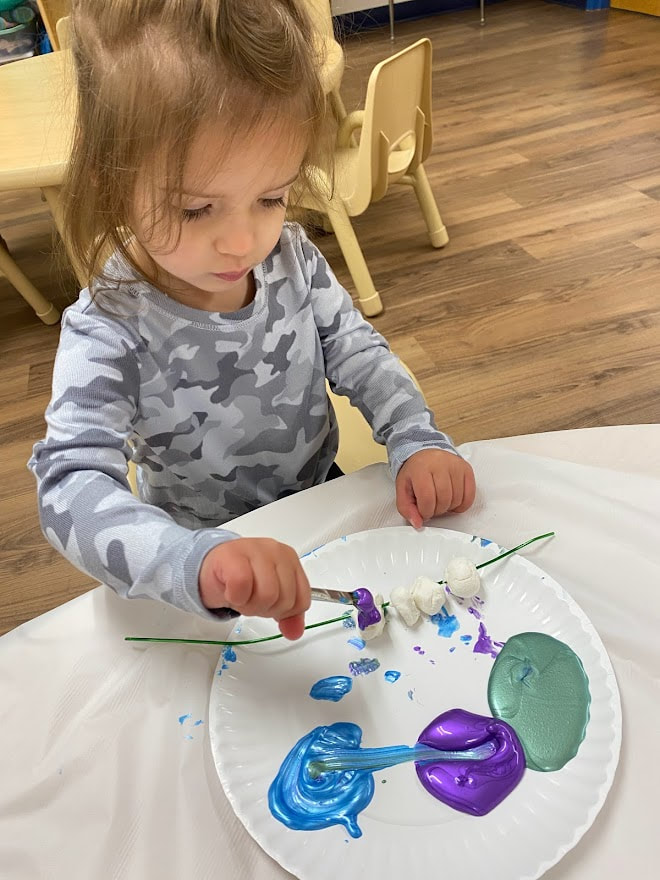
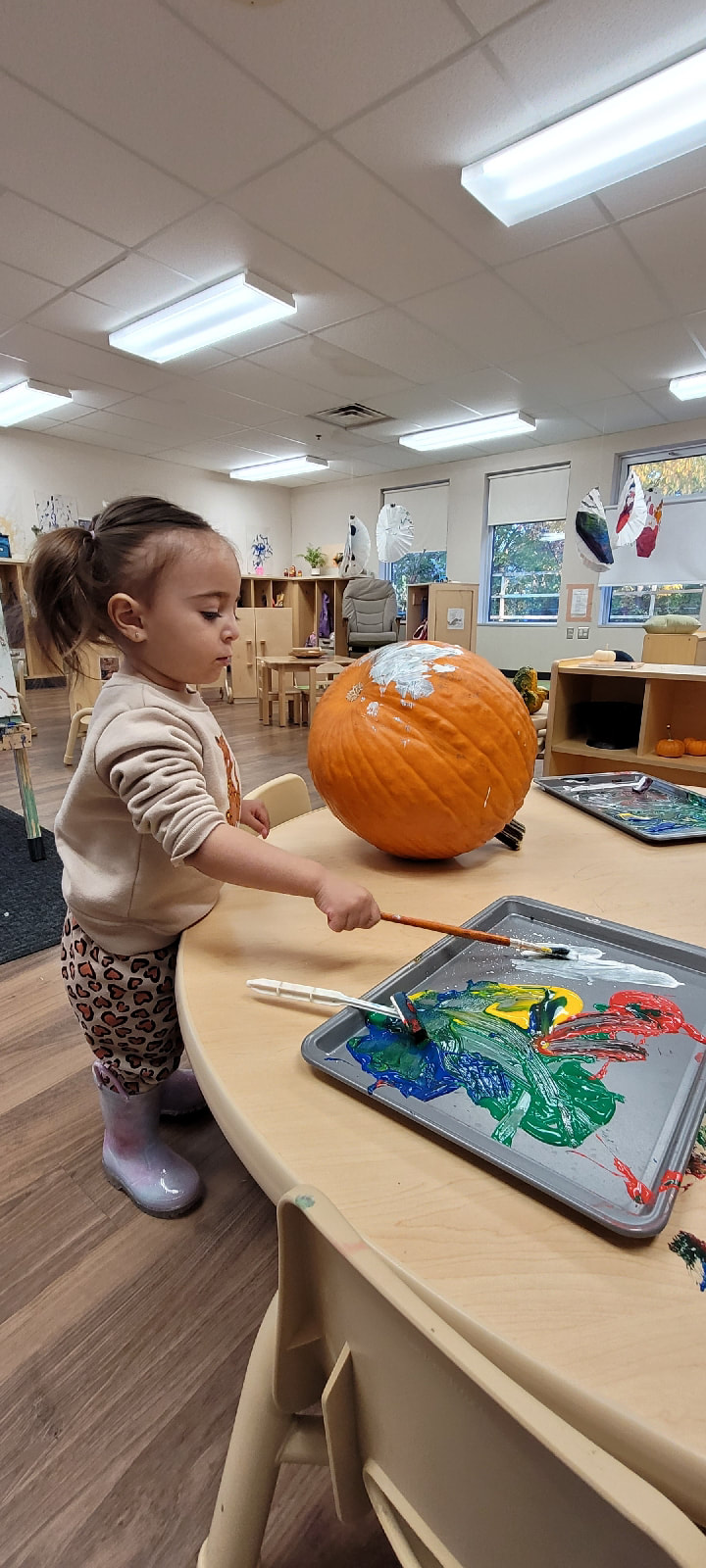
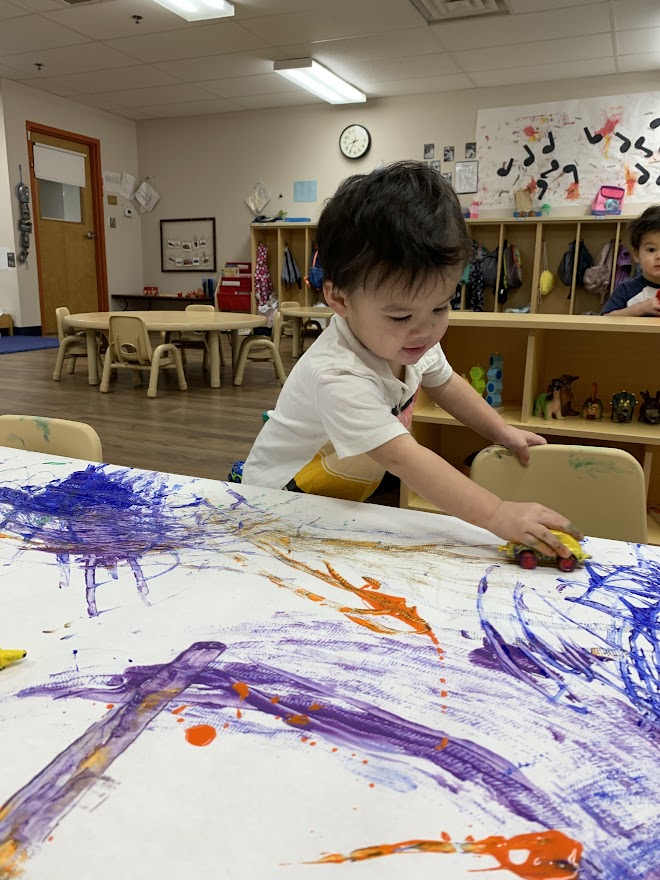
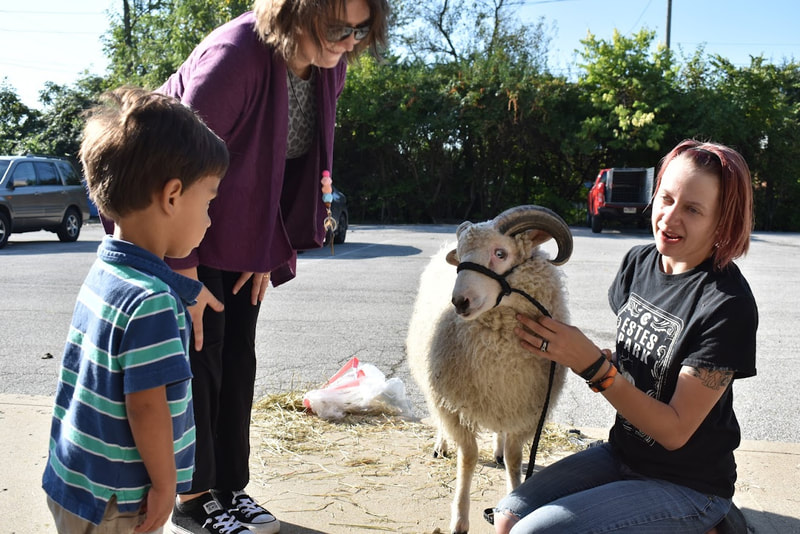
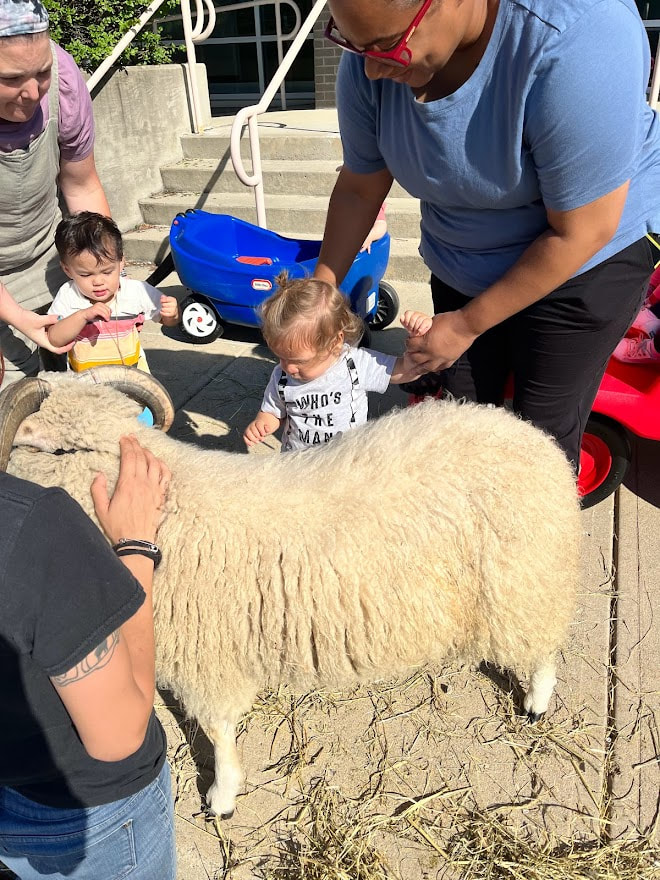
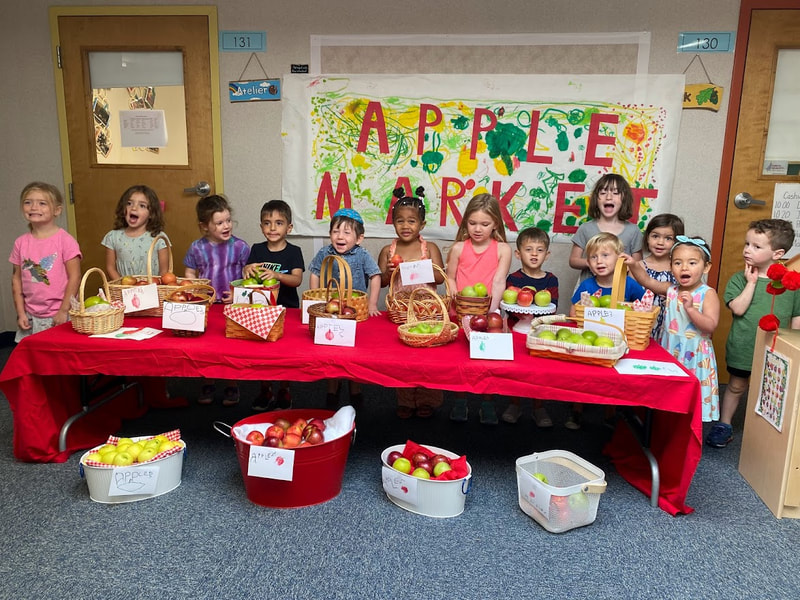
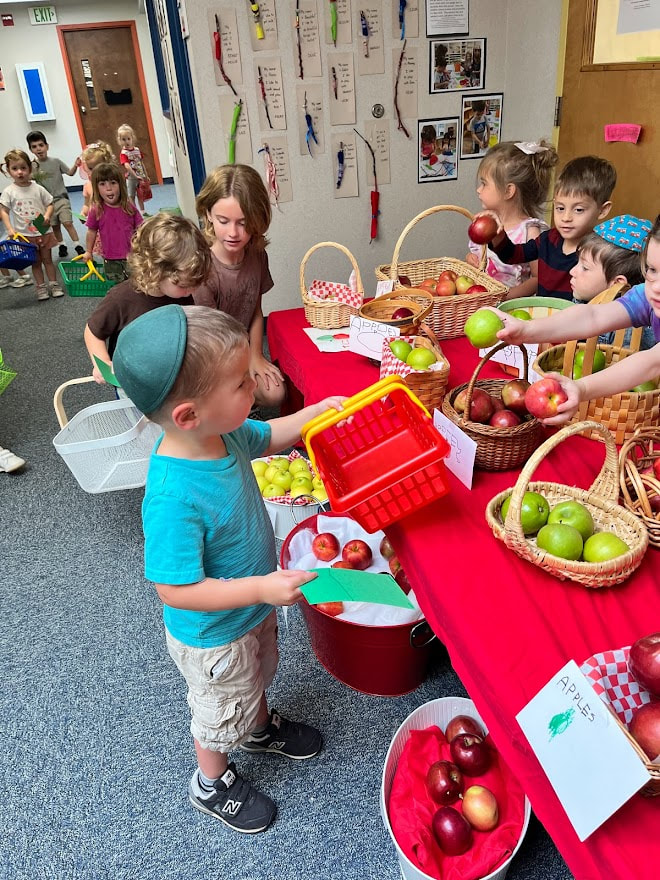
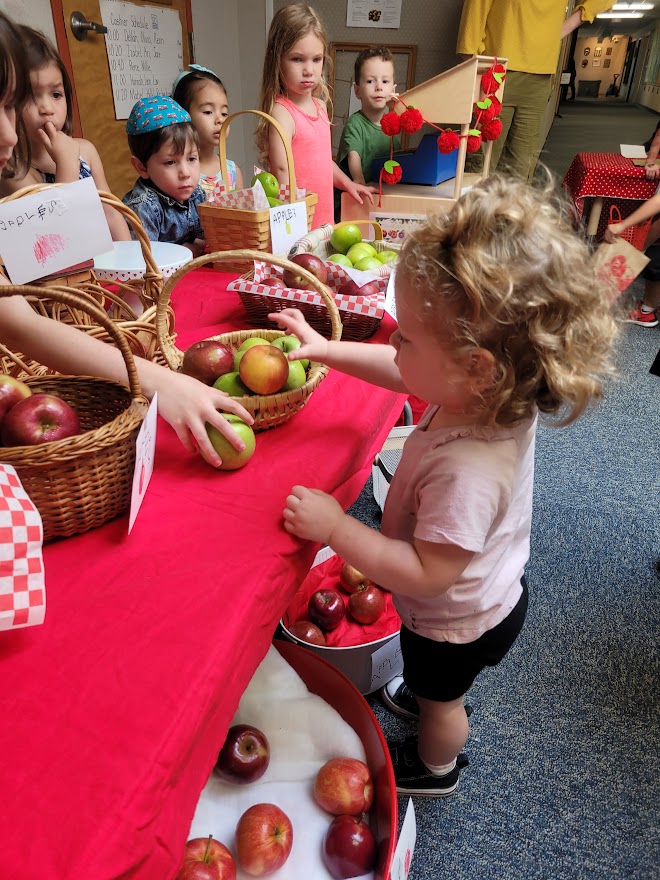
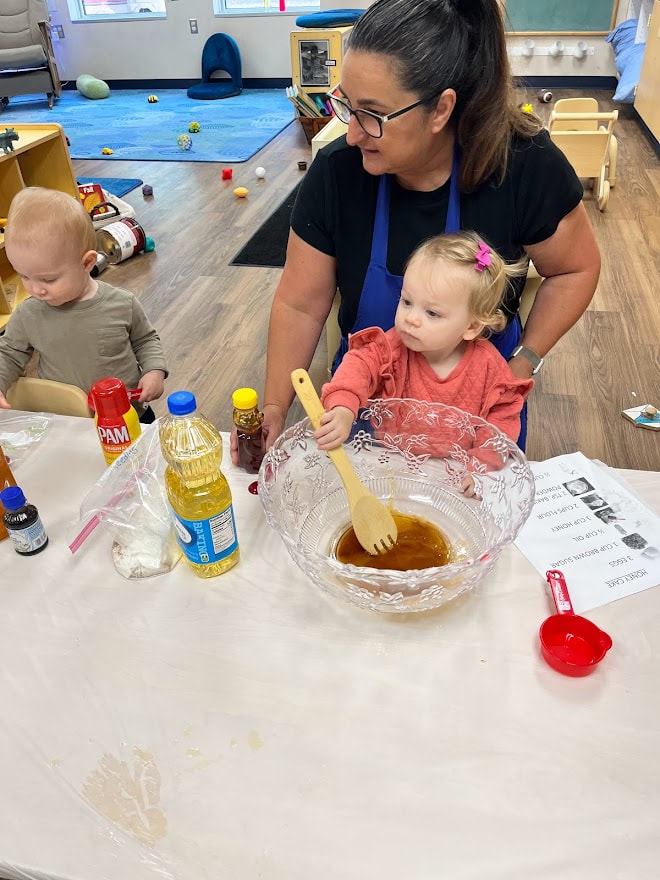
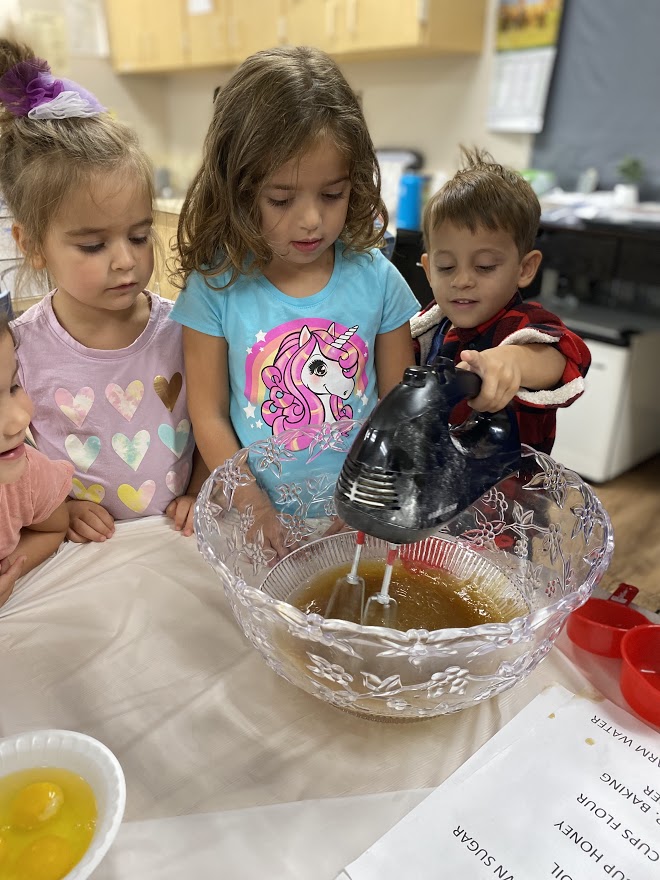
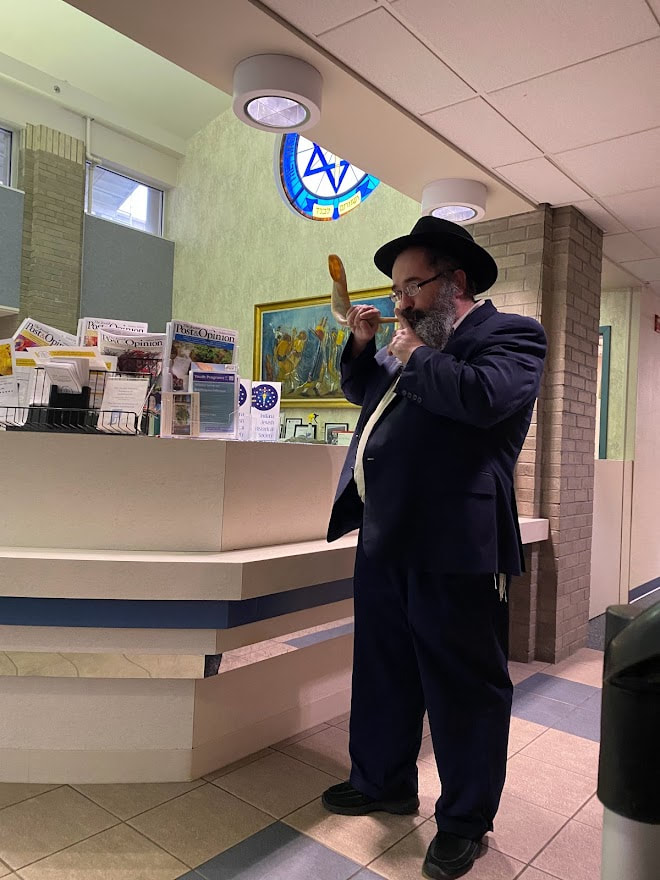
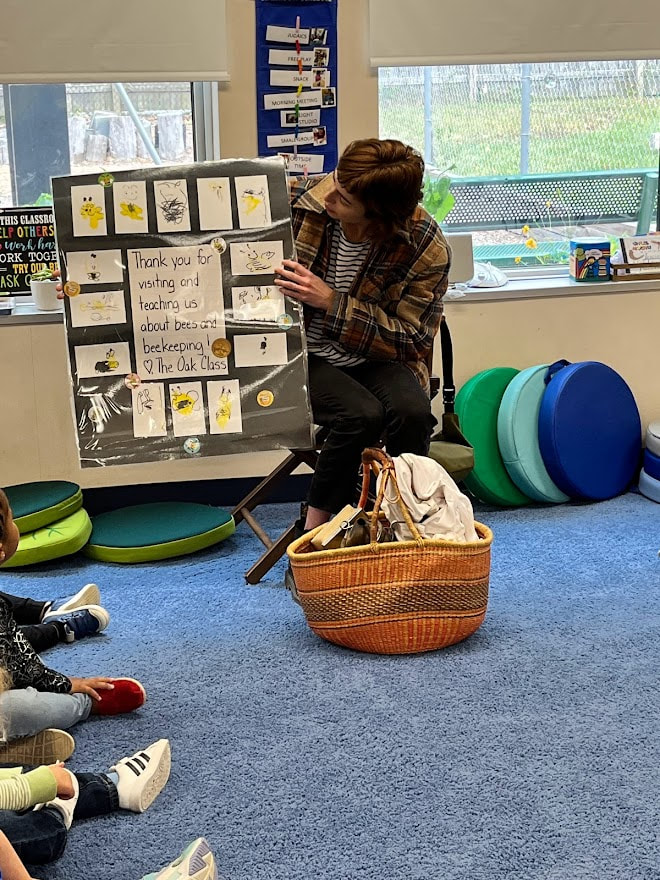
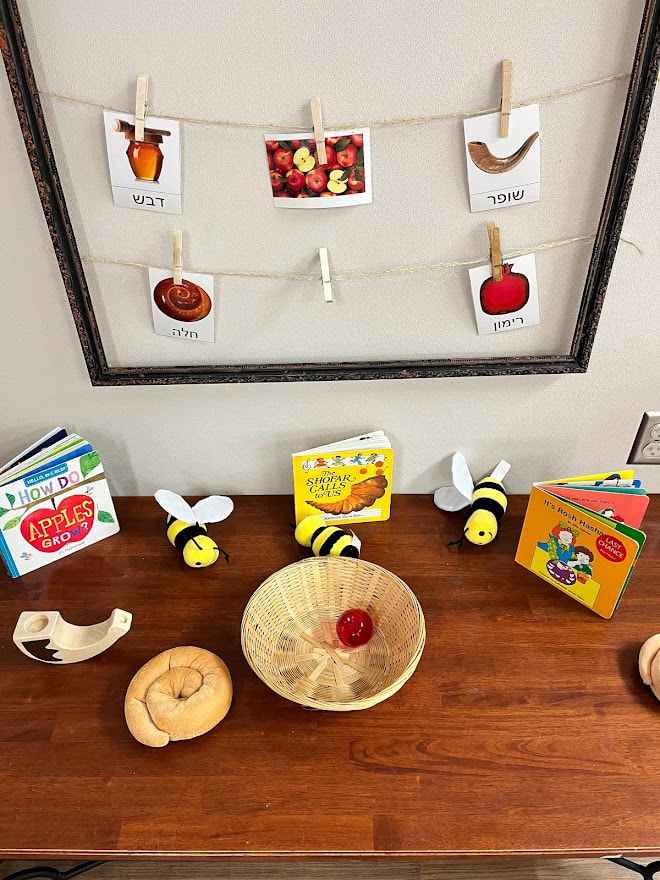
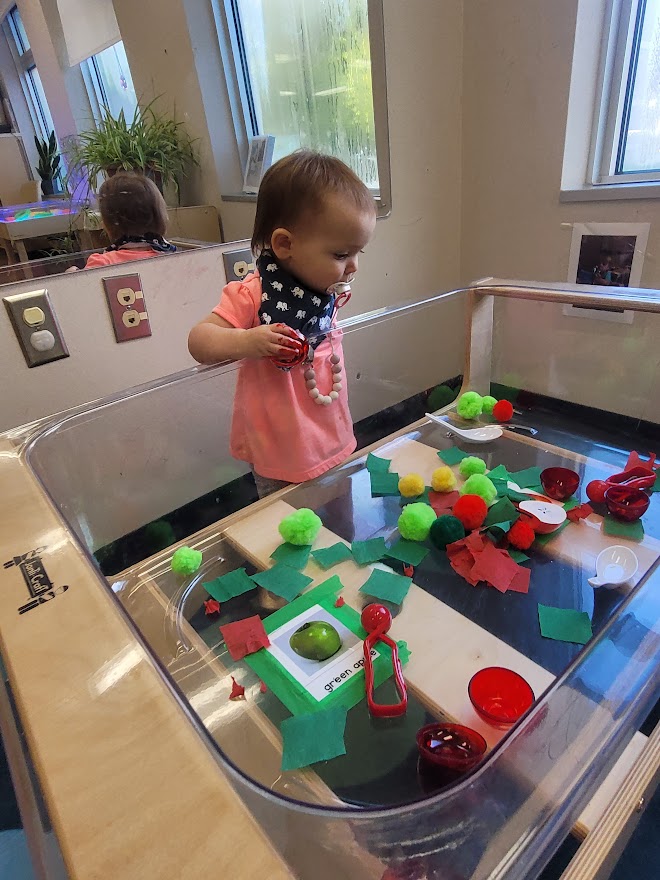
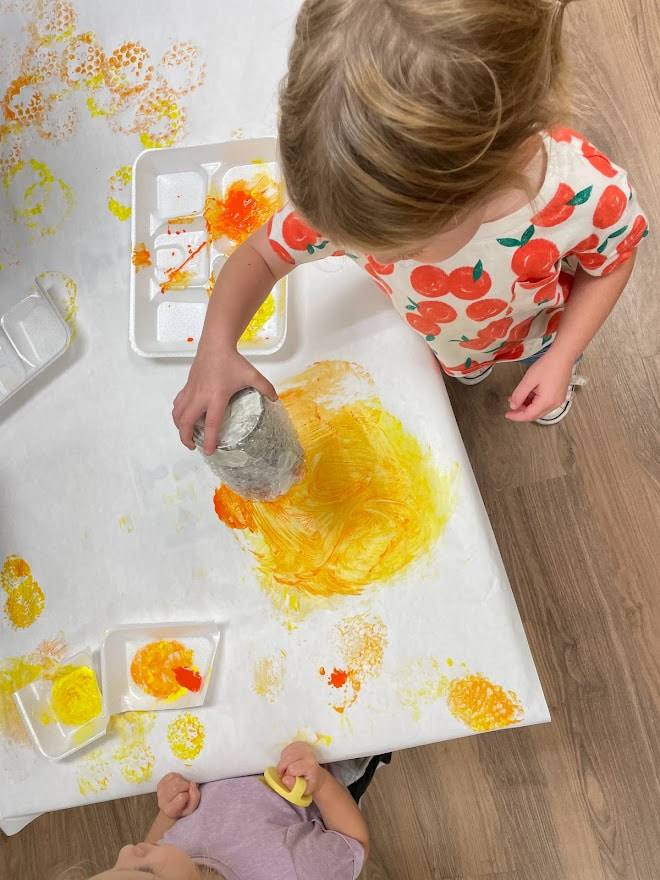
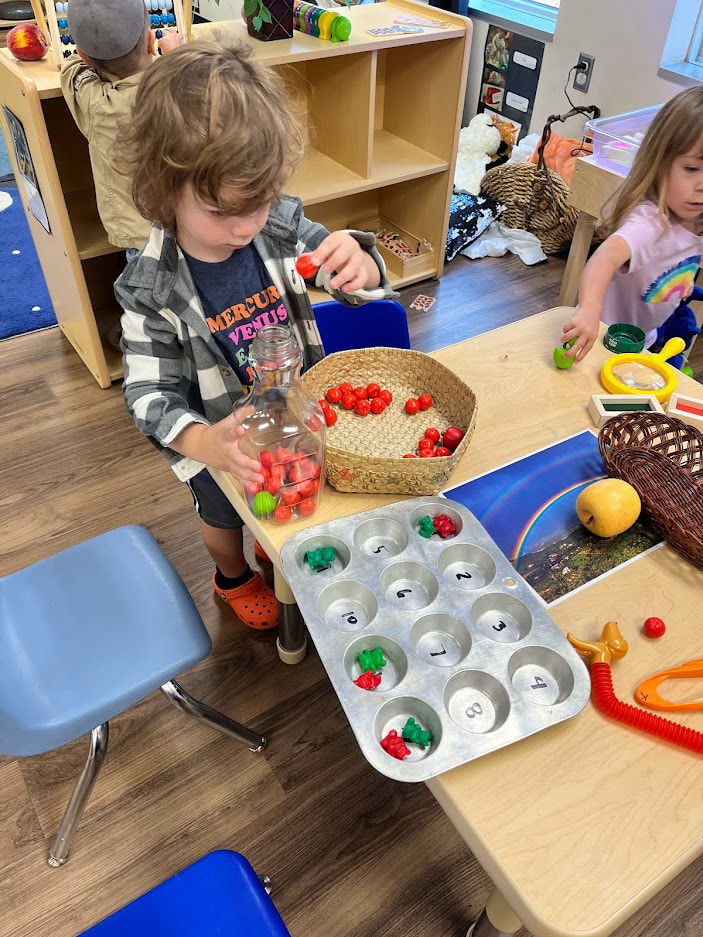
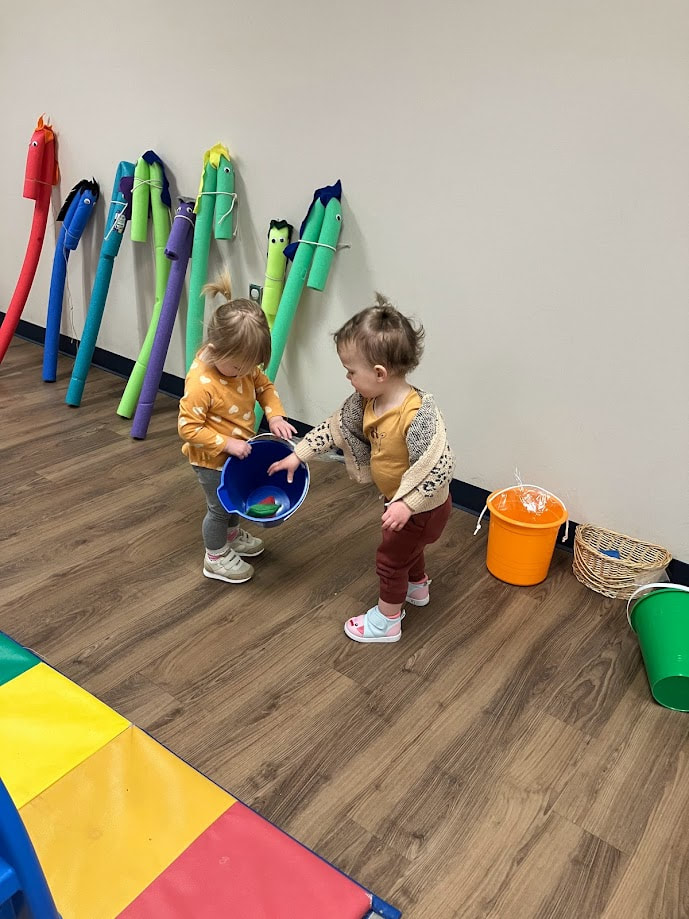
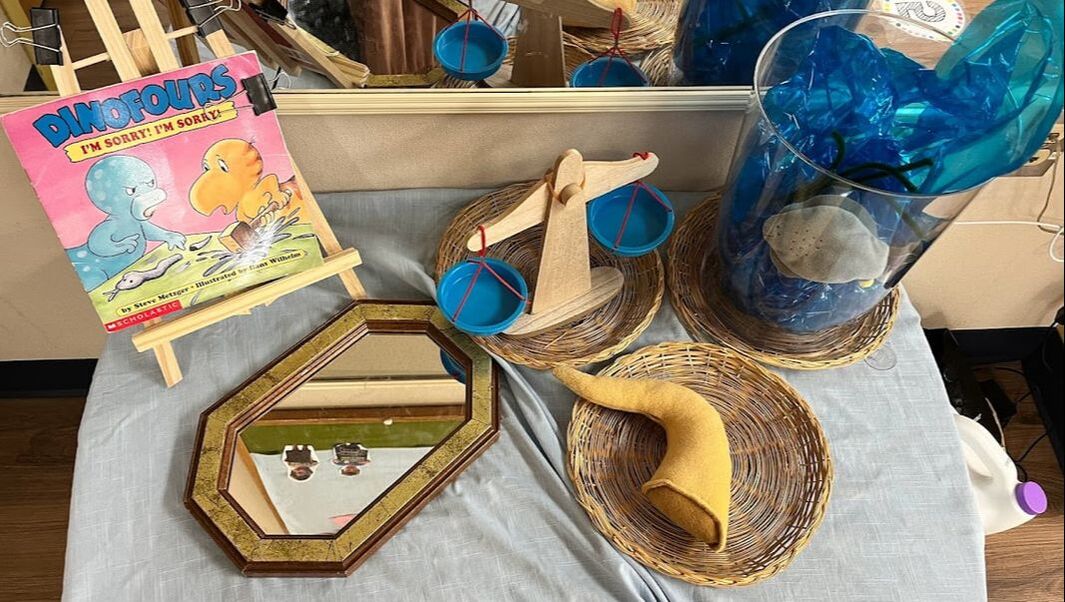

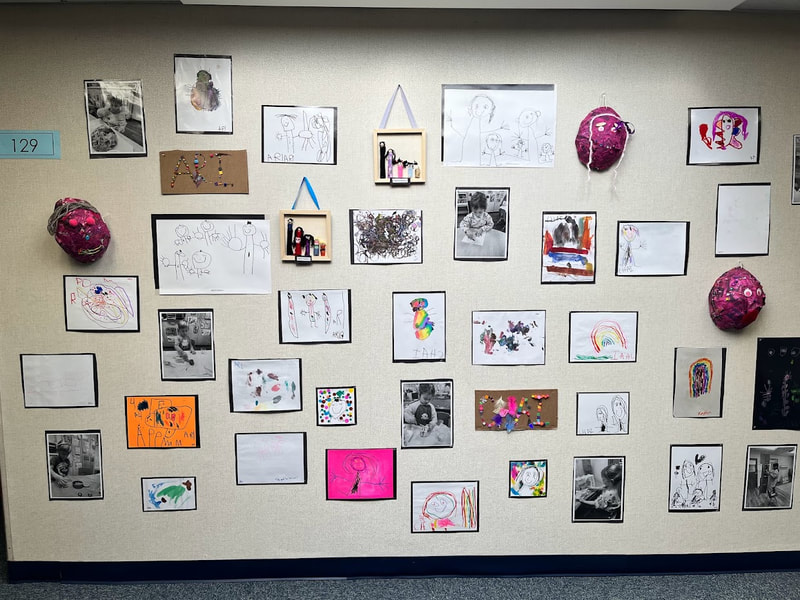
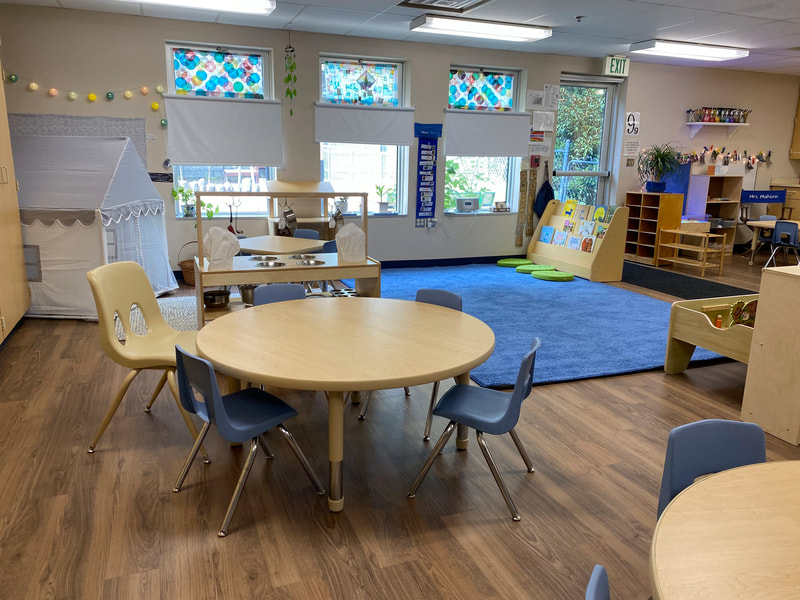
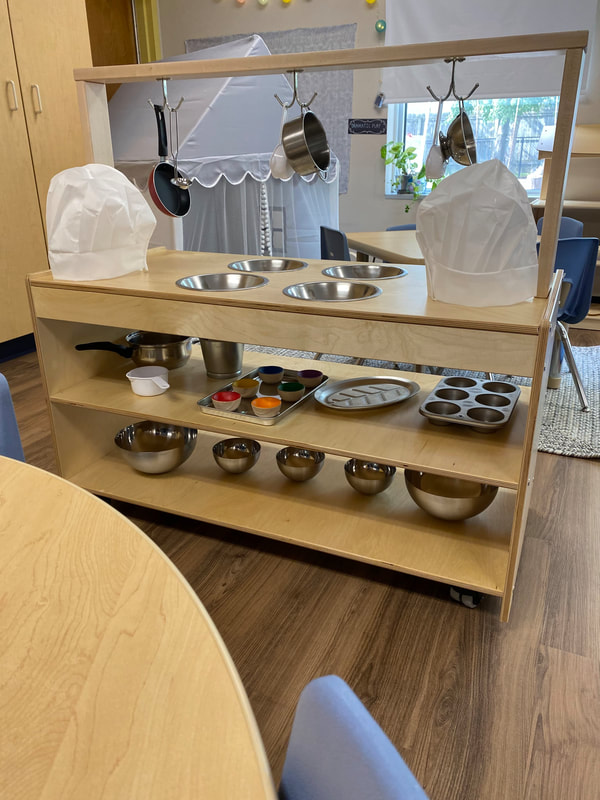


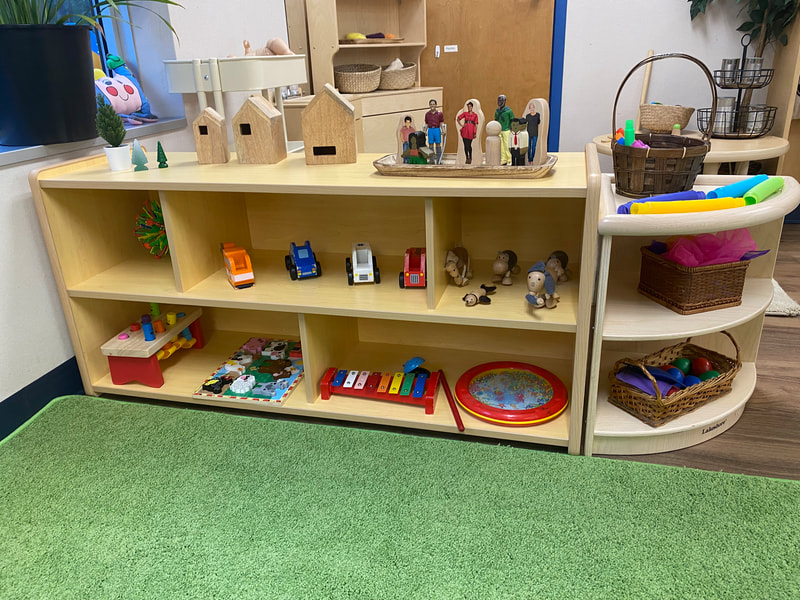


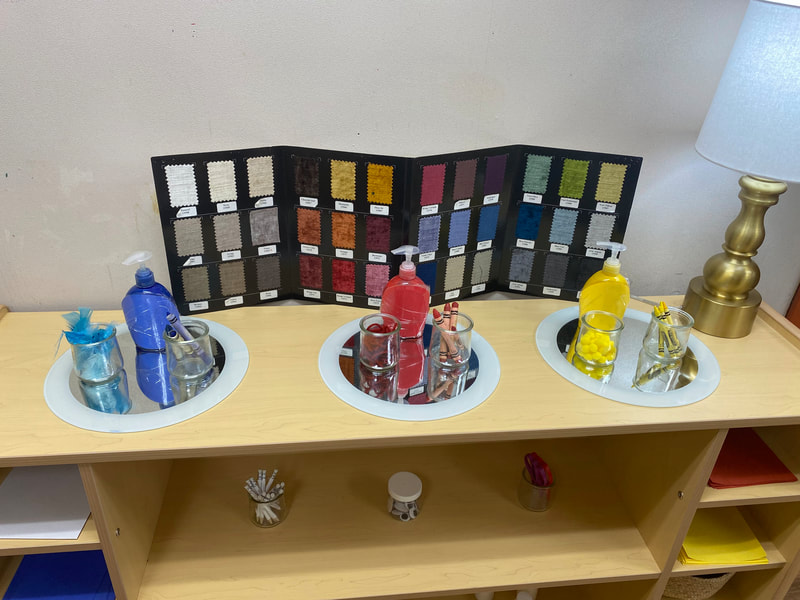

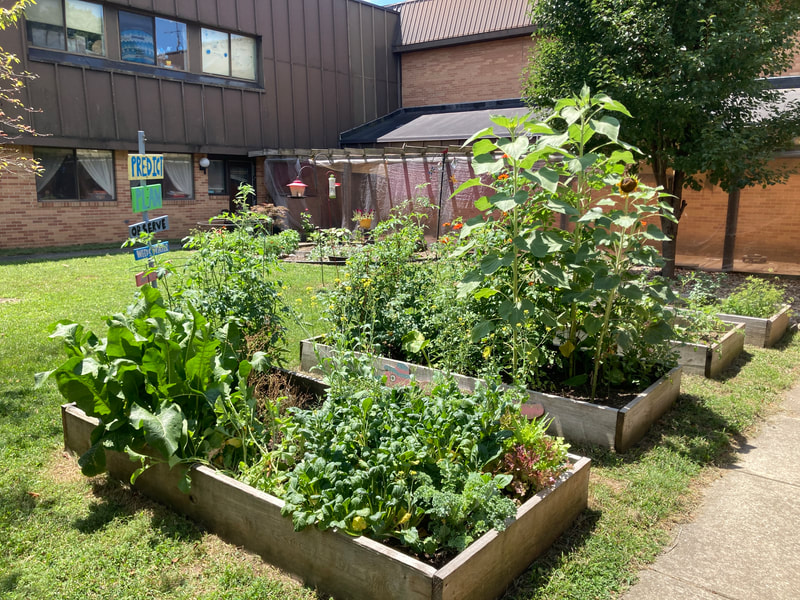

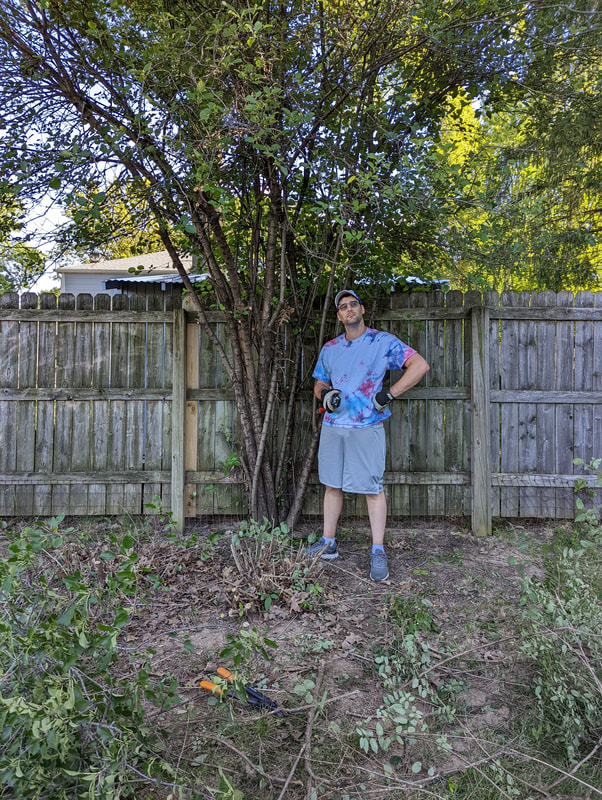
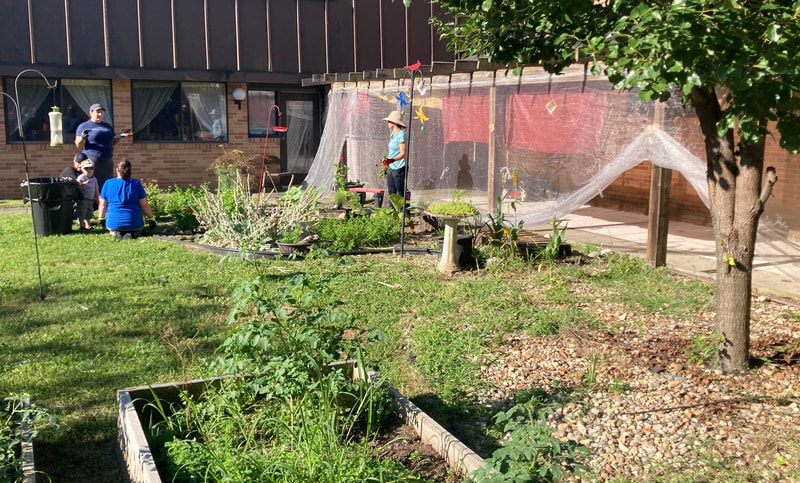
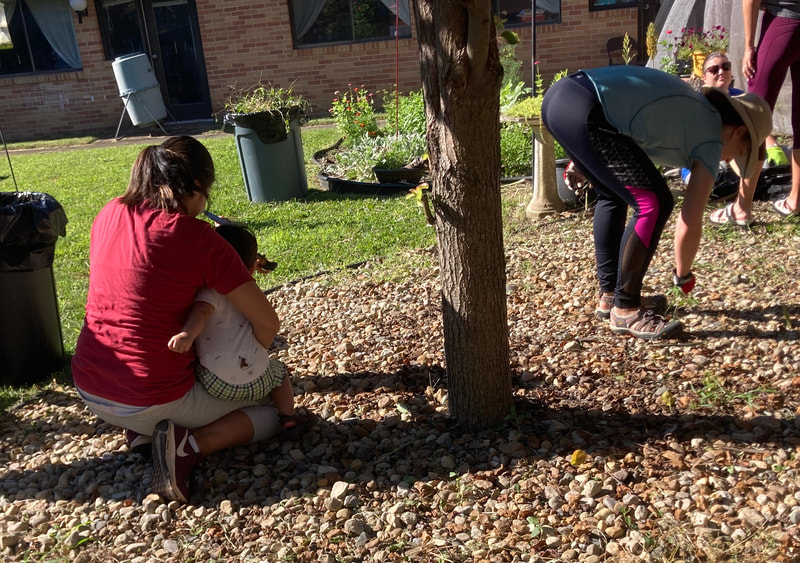
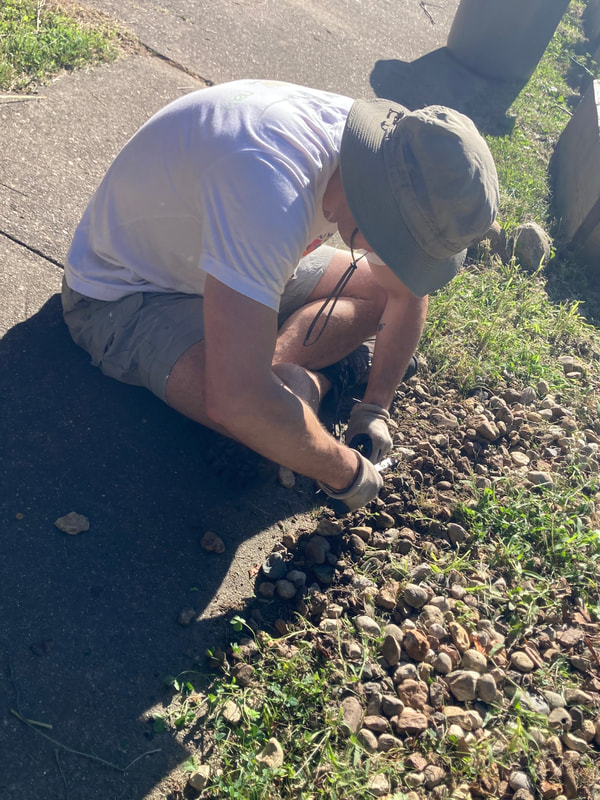
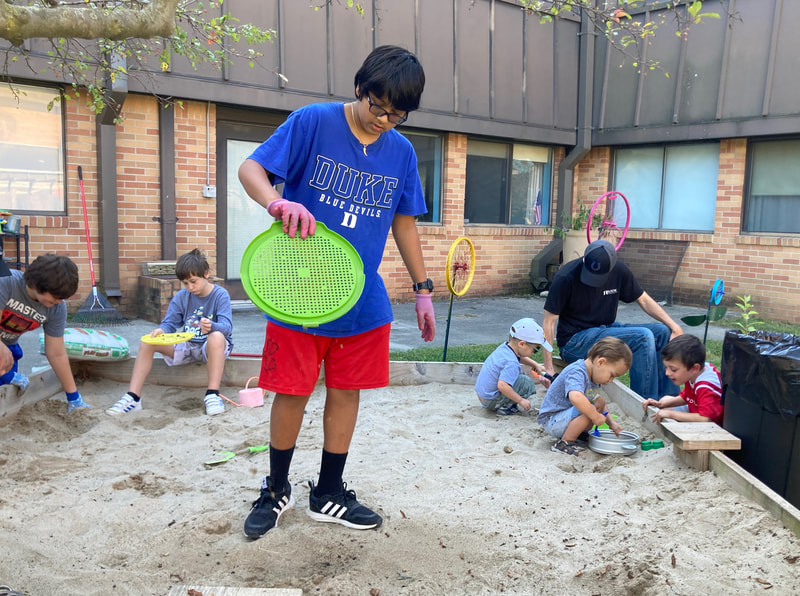
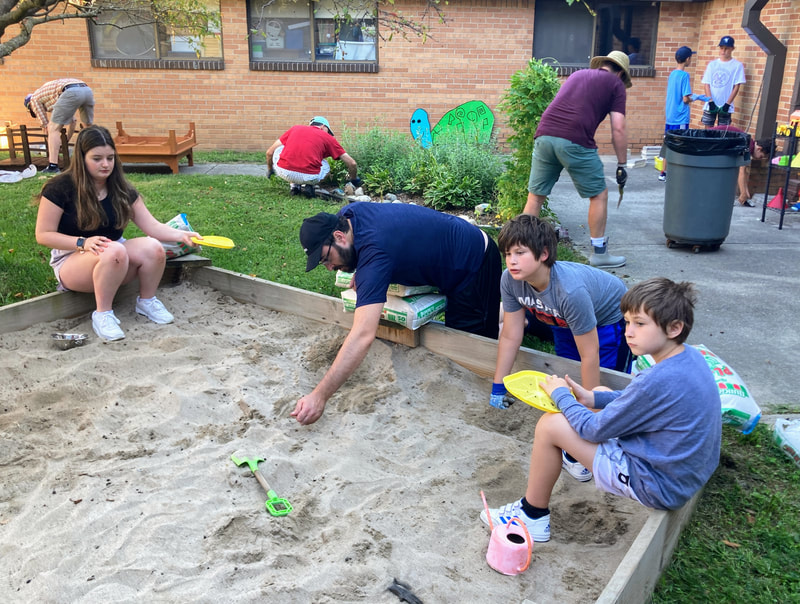
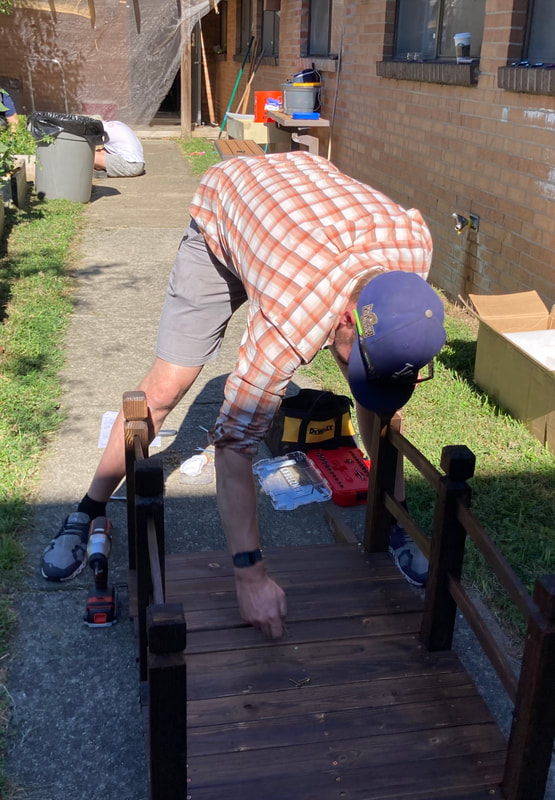
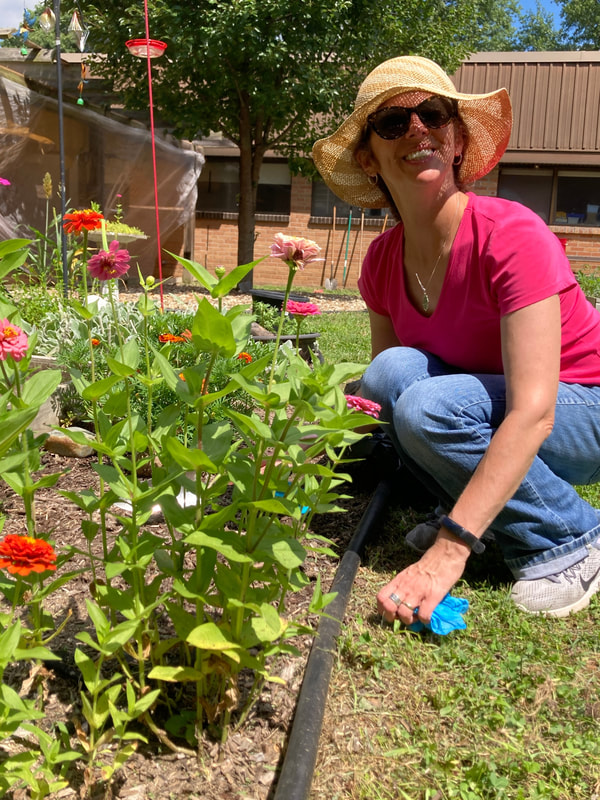
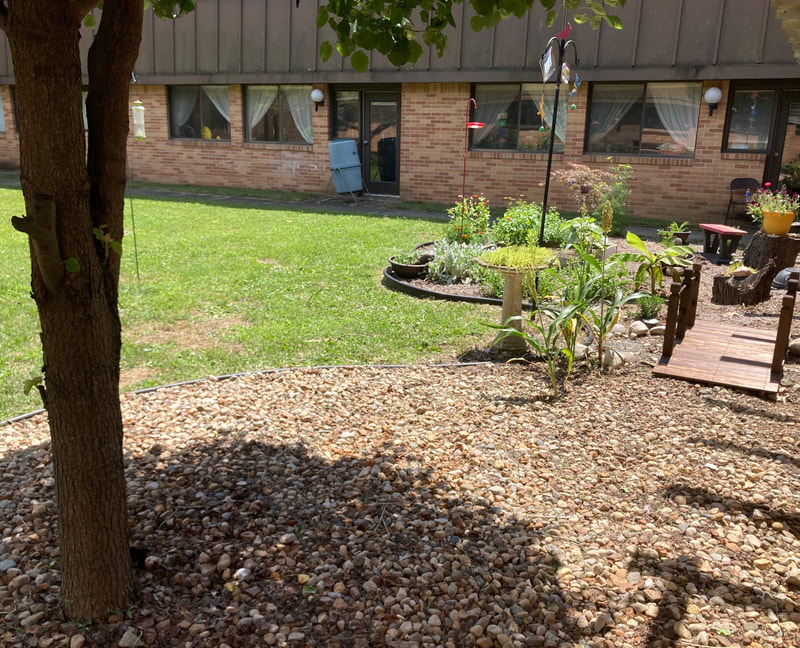
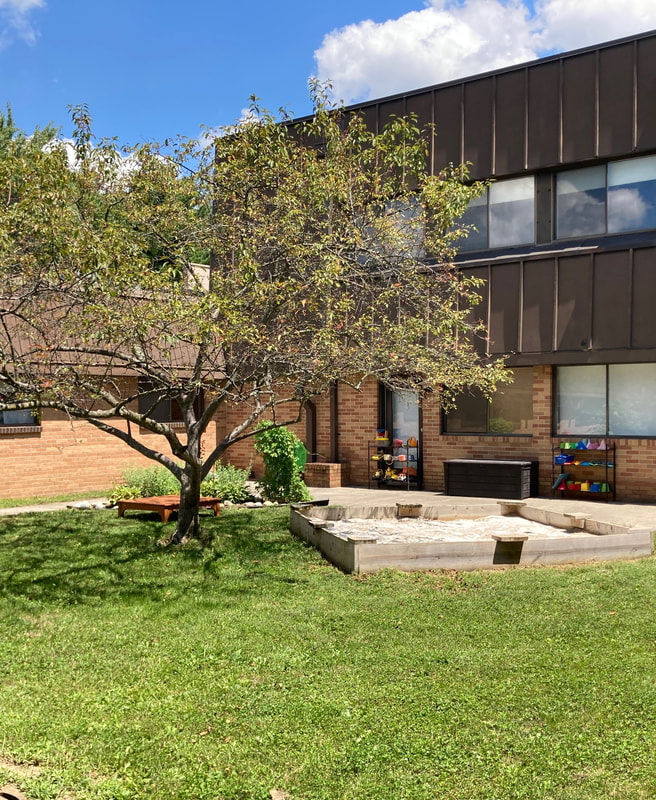
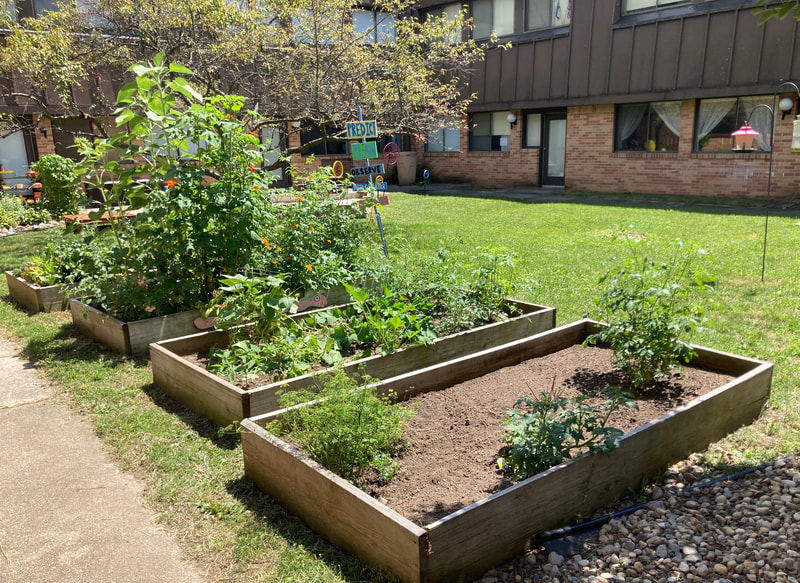
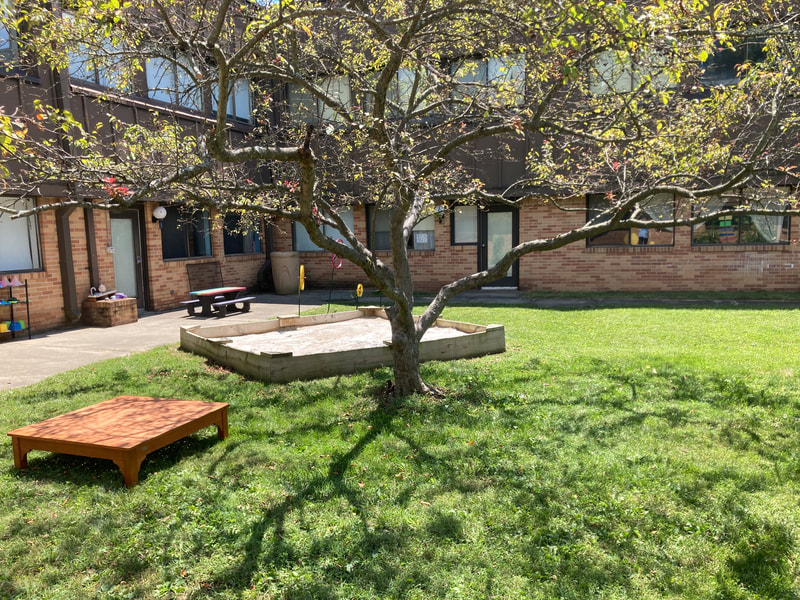

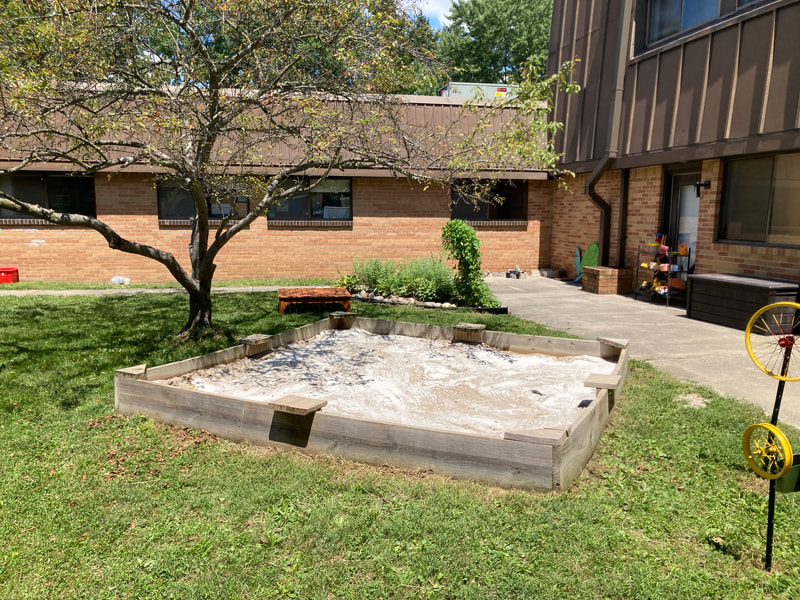
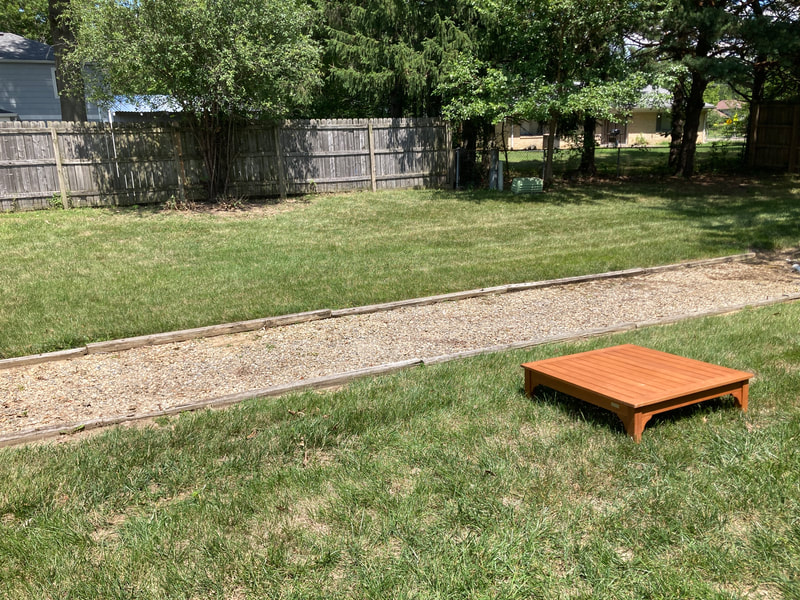
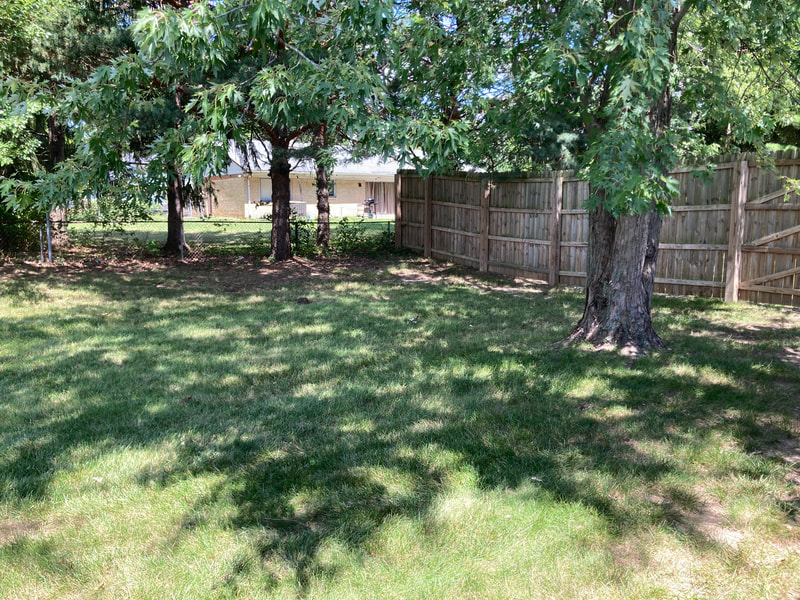


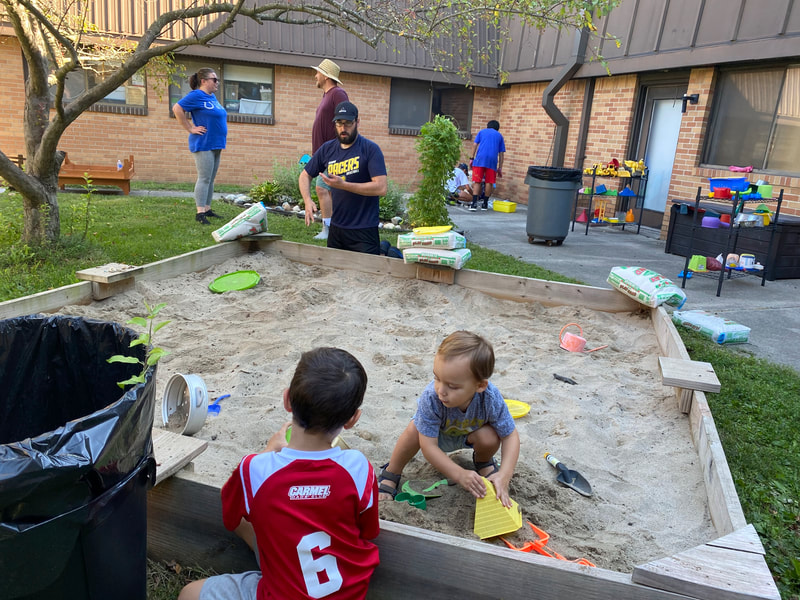
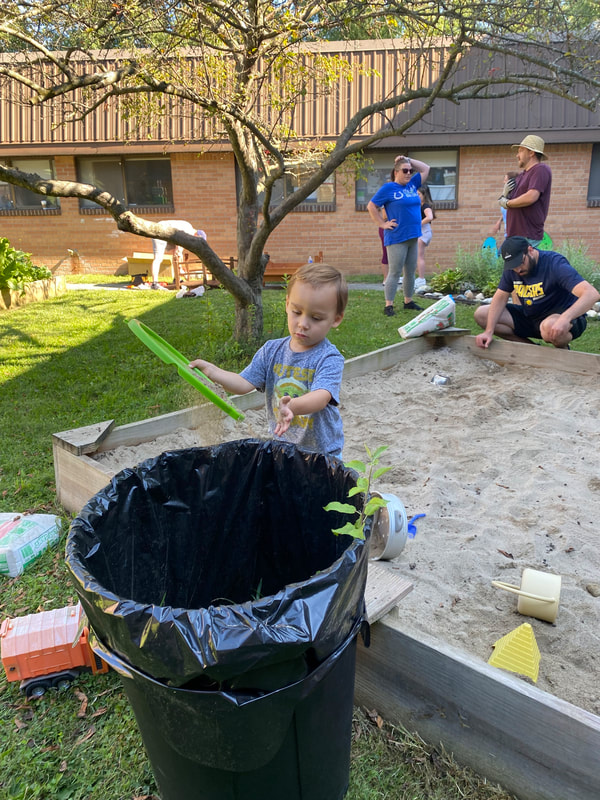
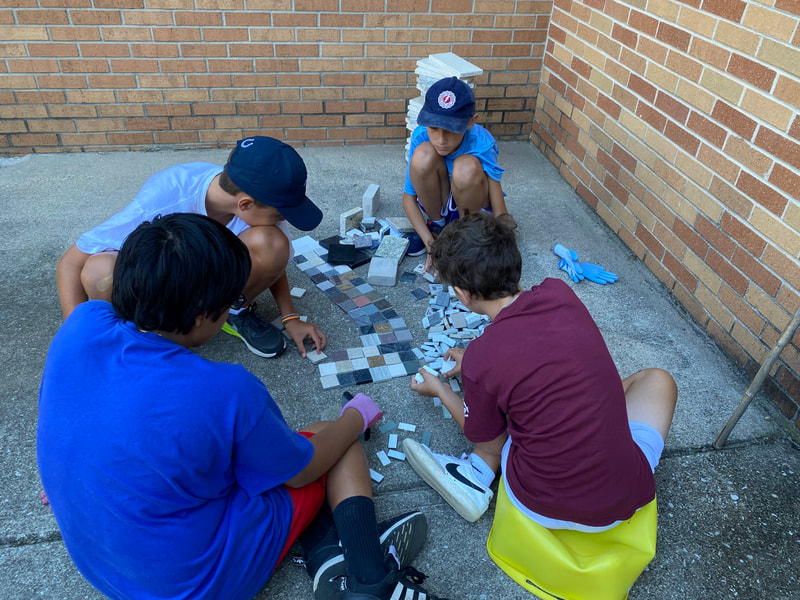

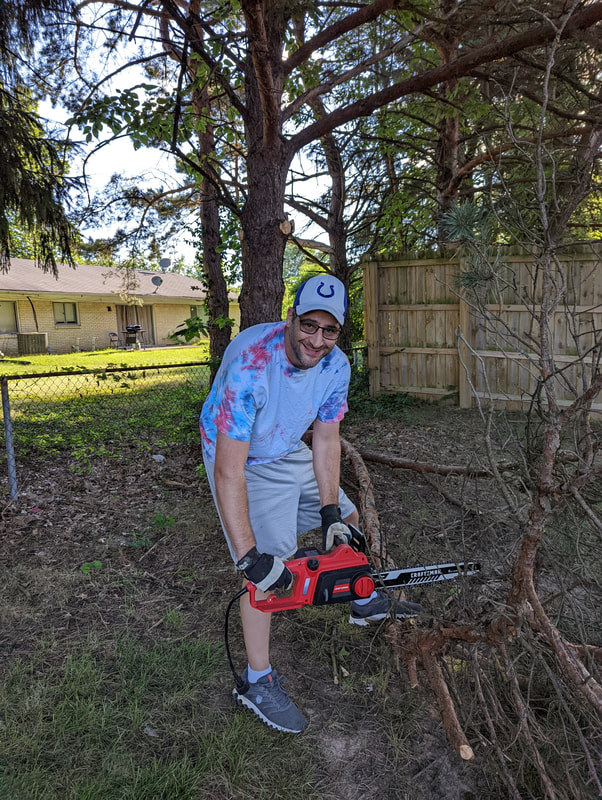
 RSS Feed
RSS Feed
